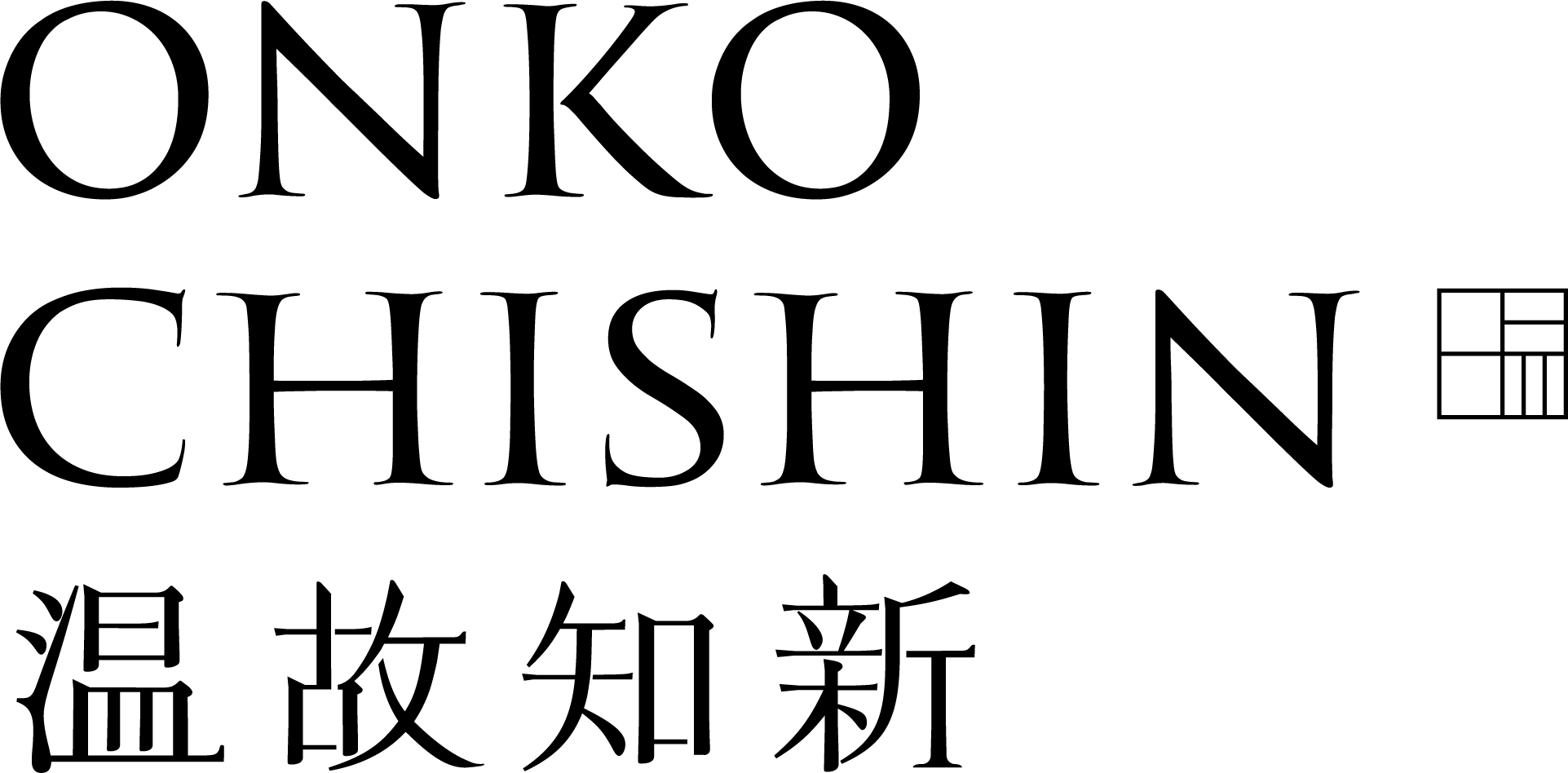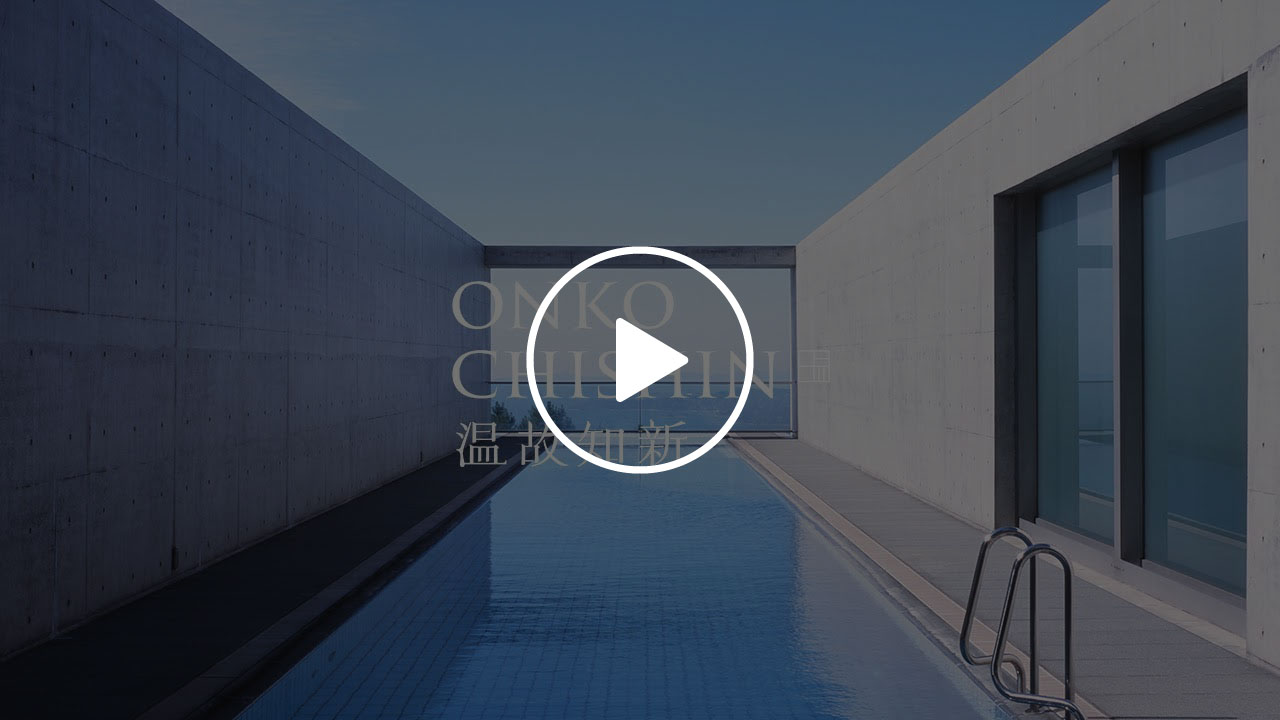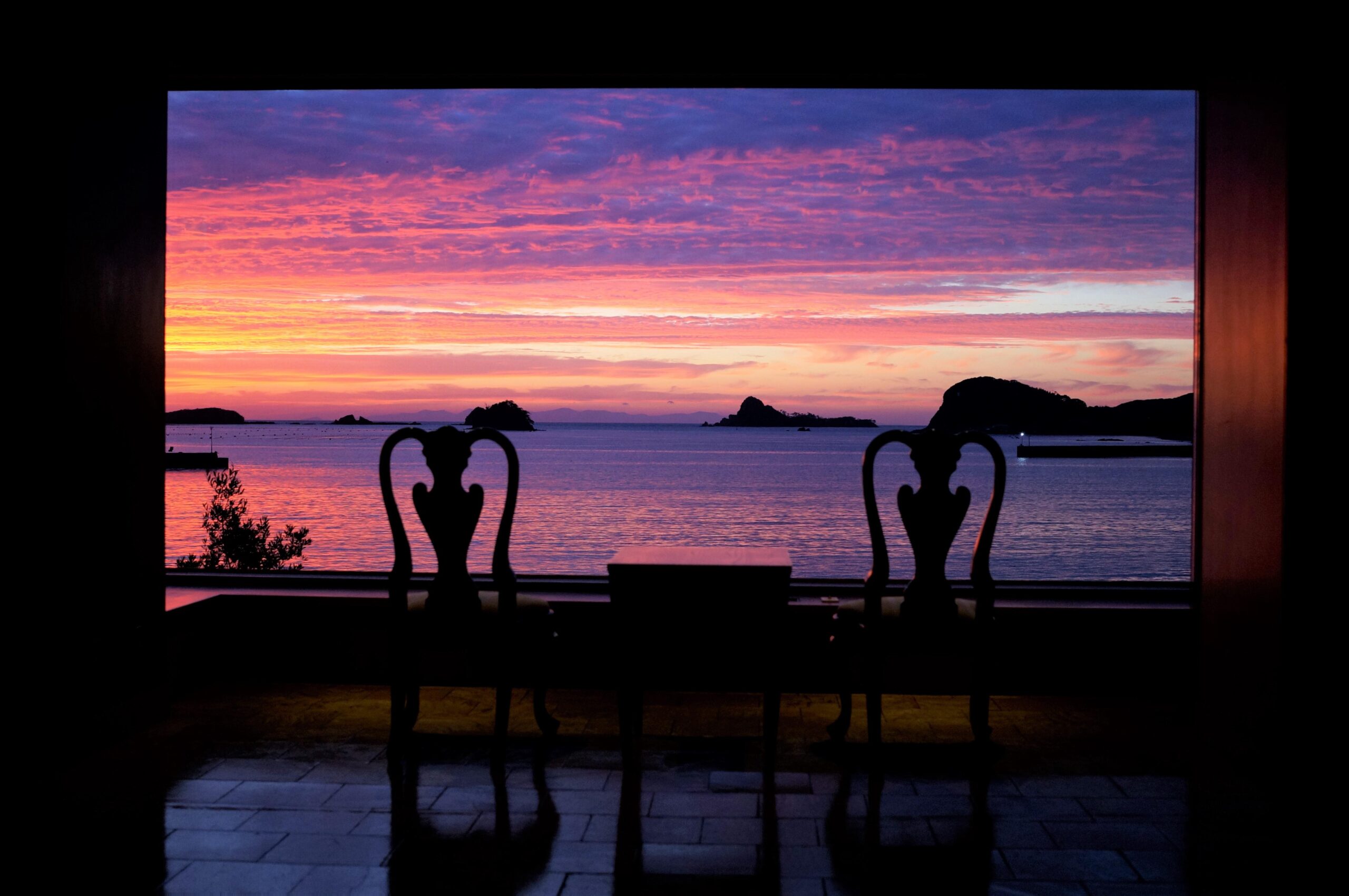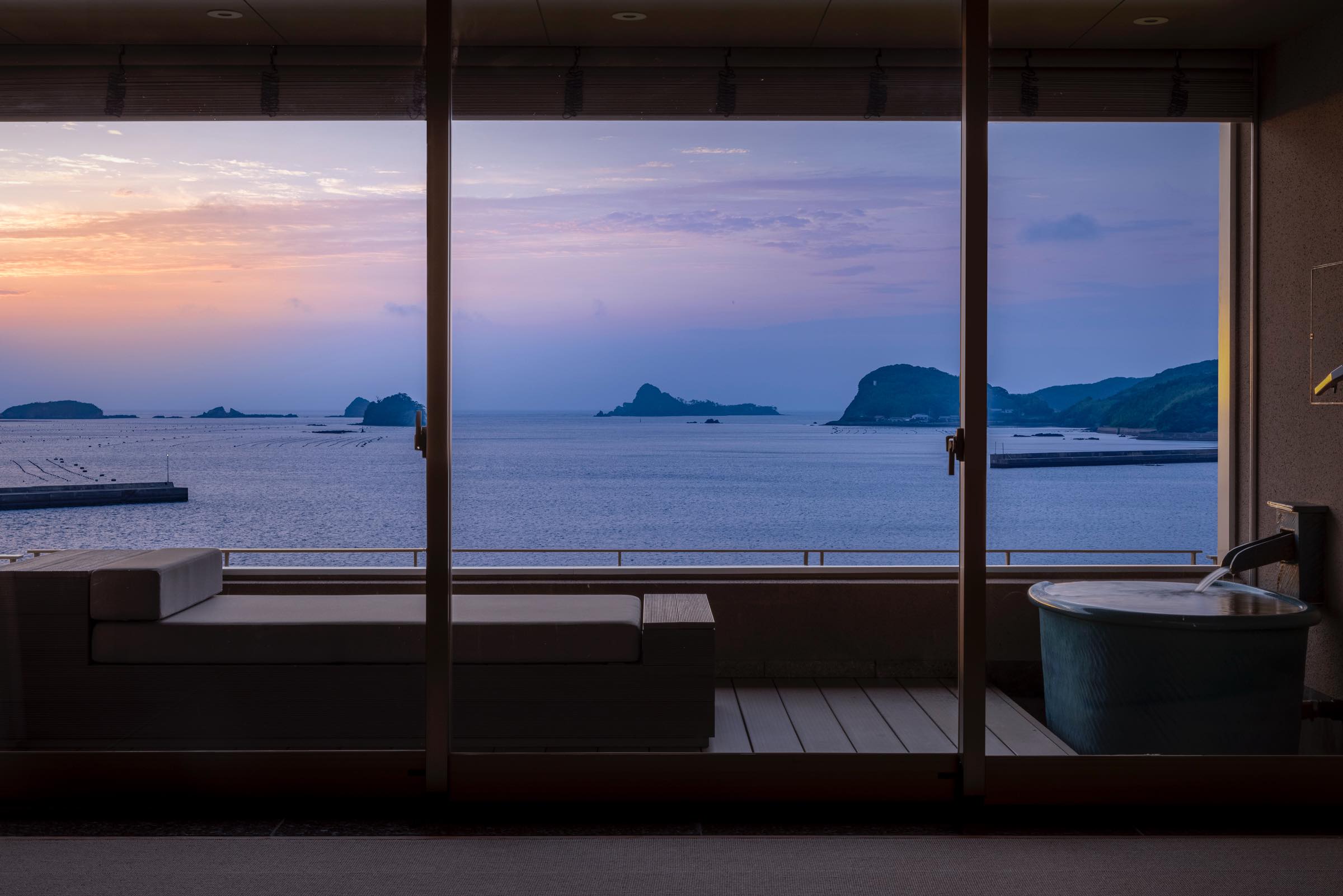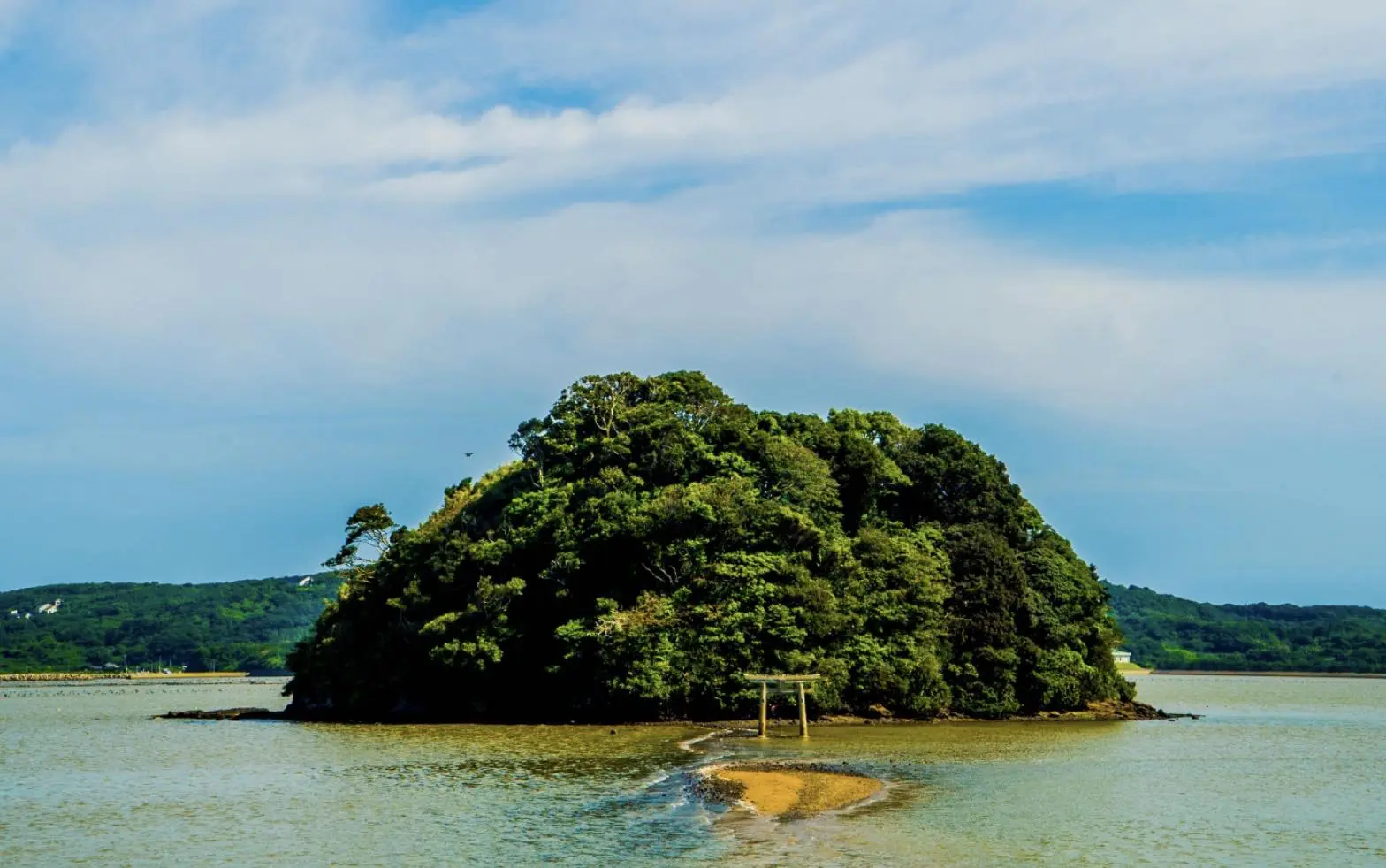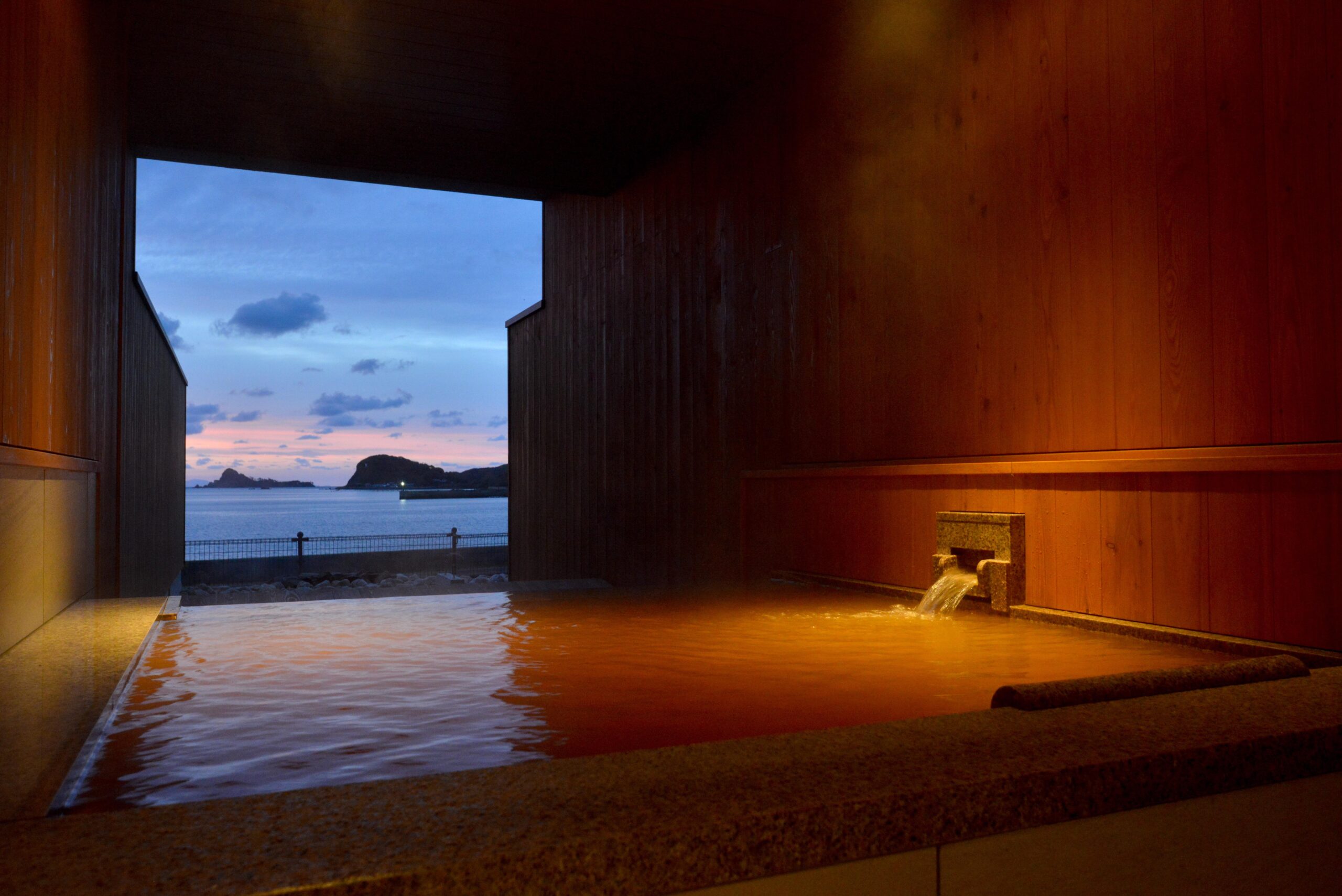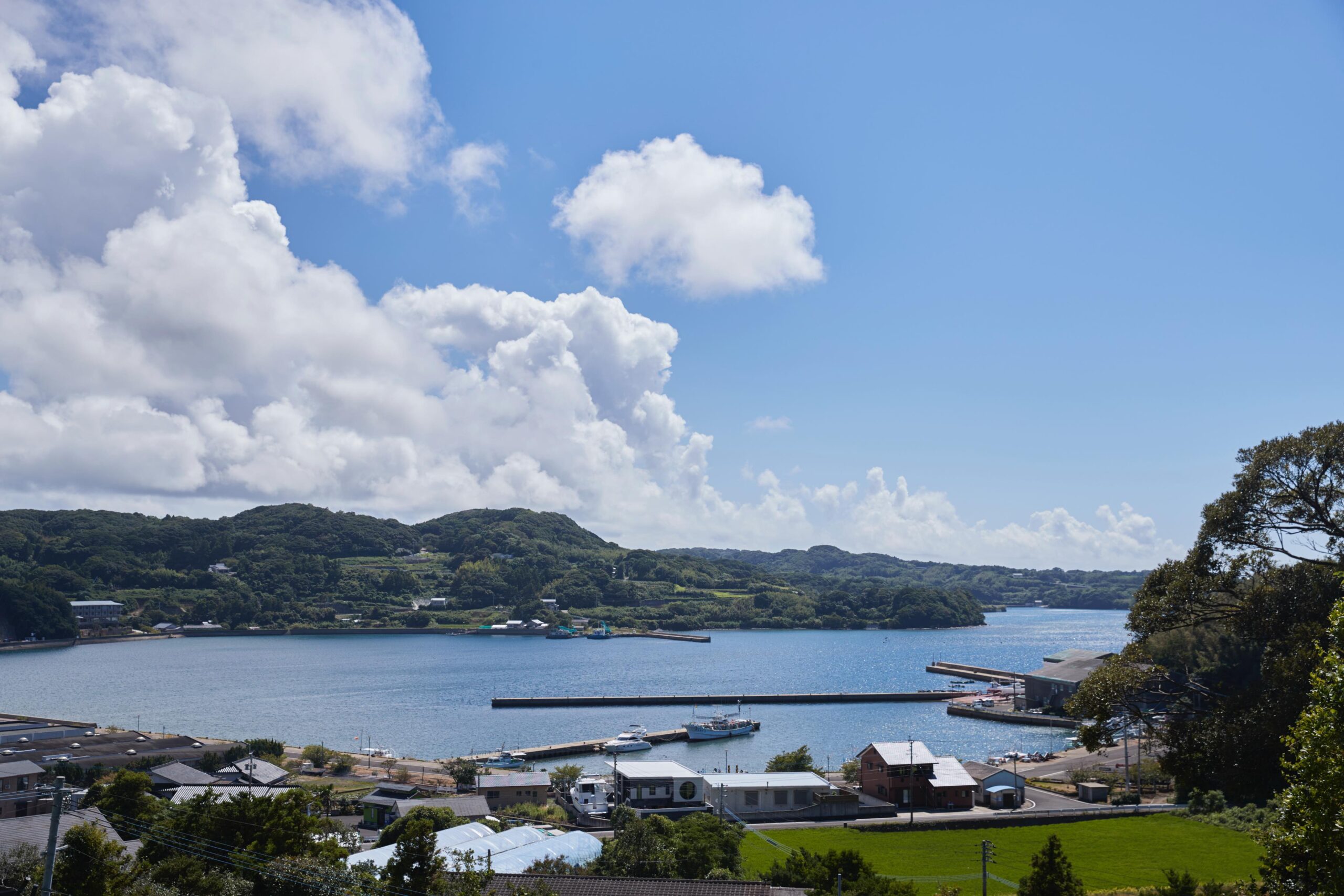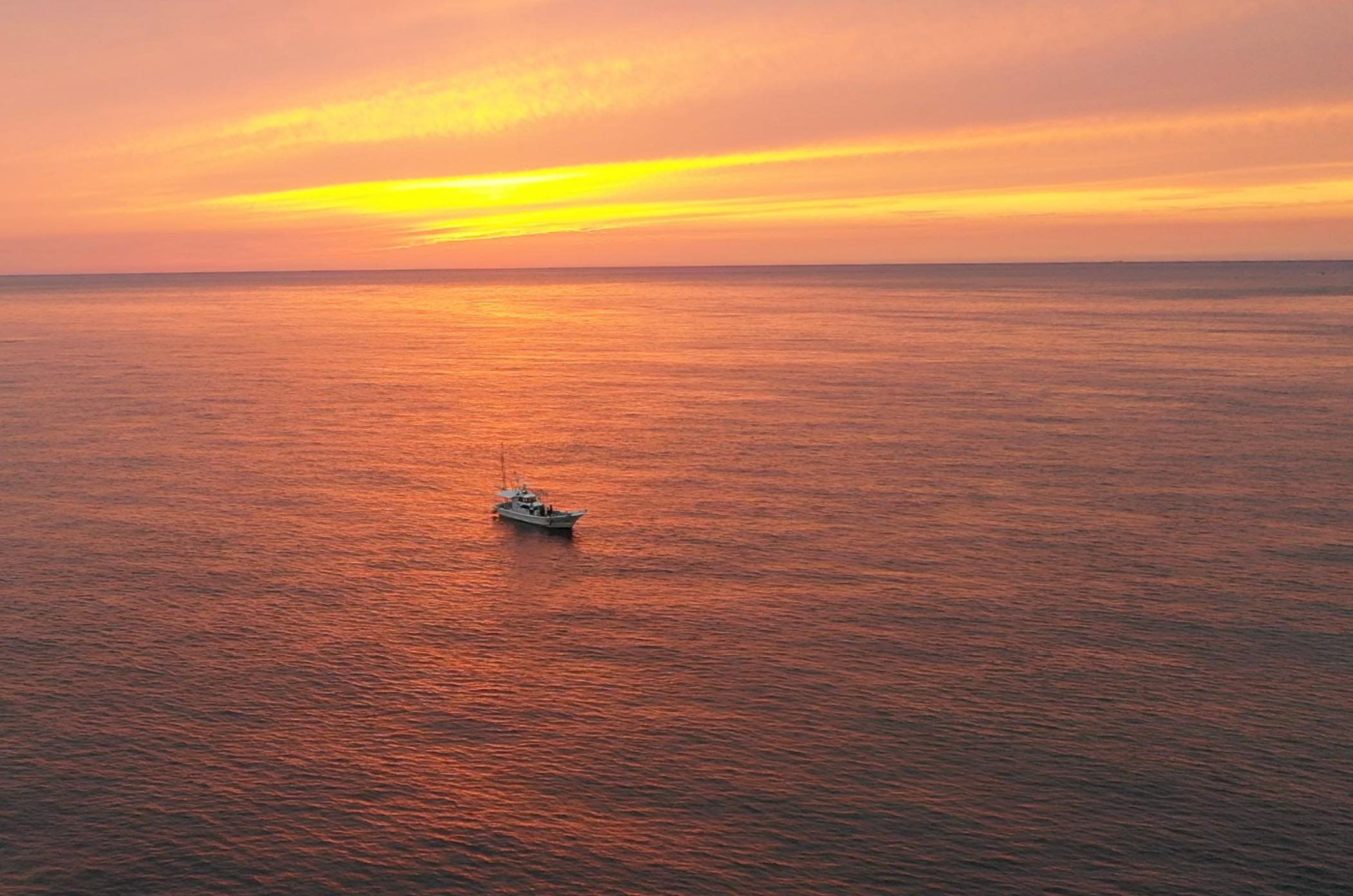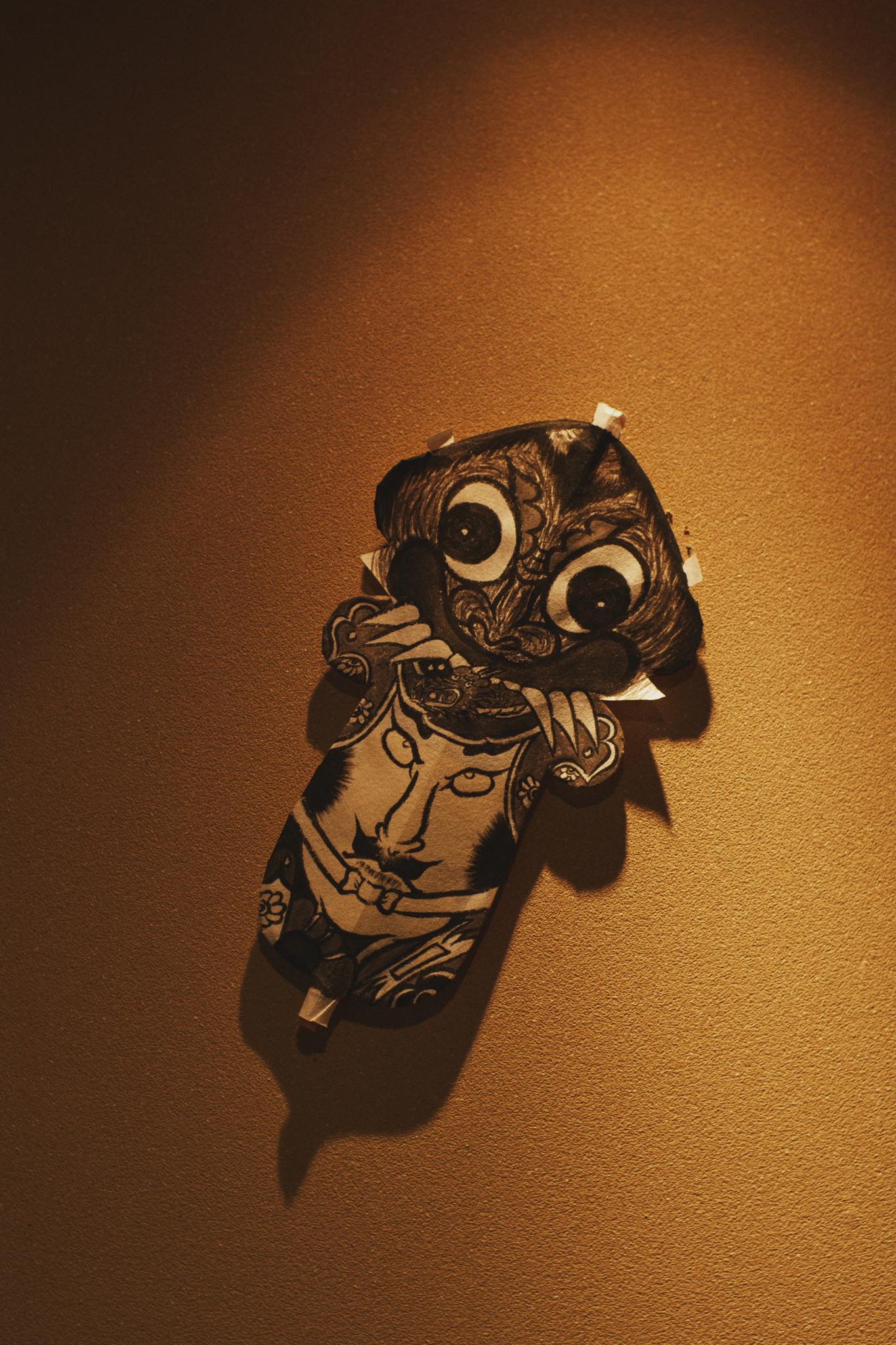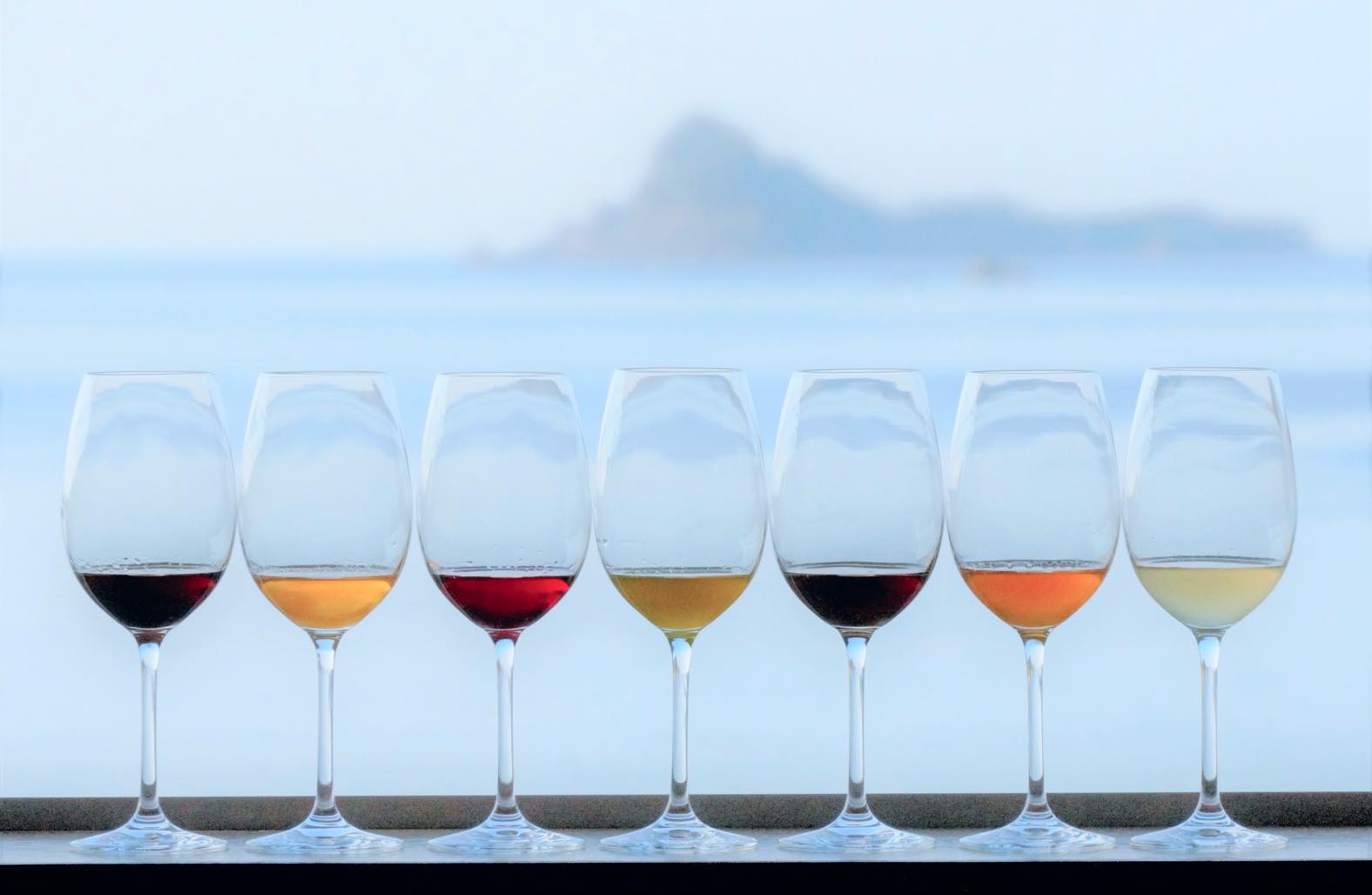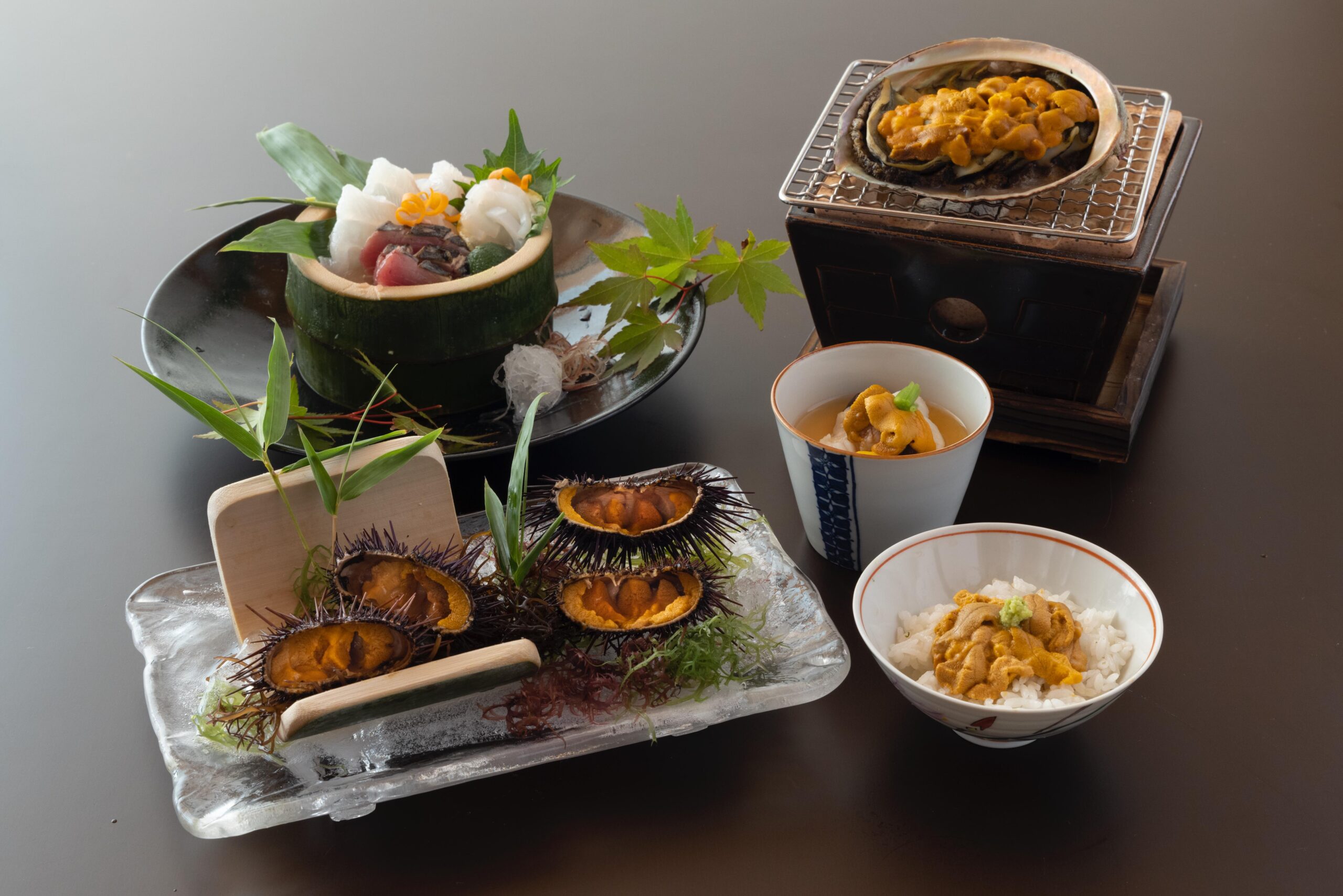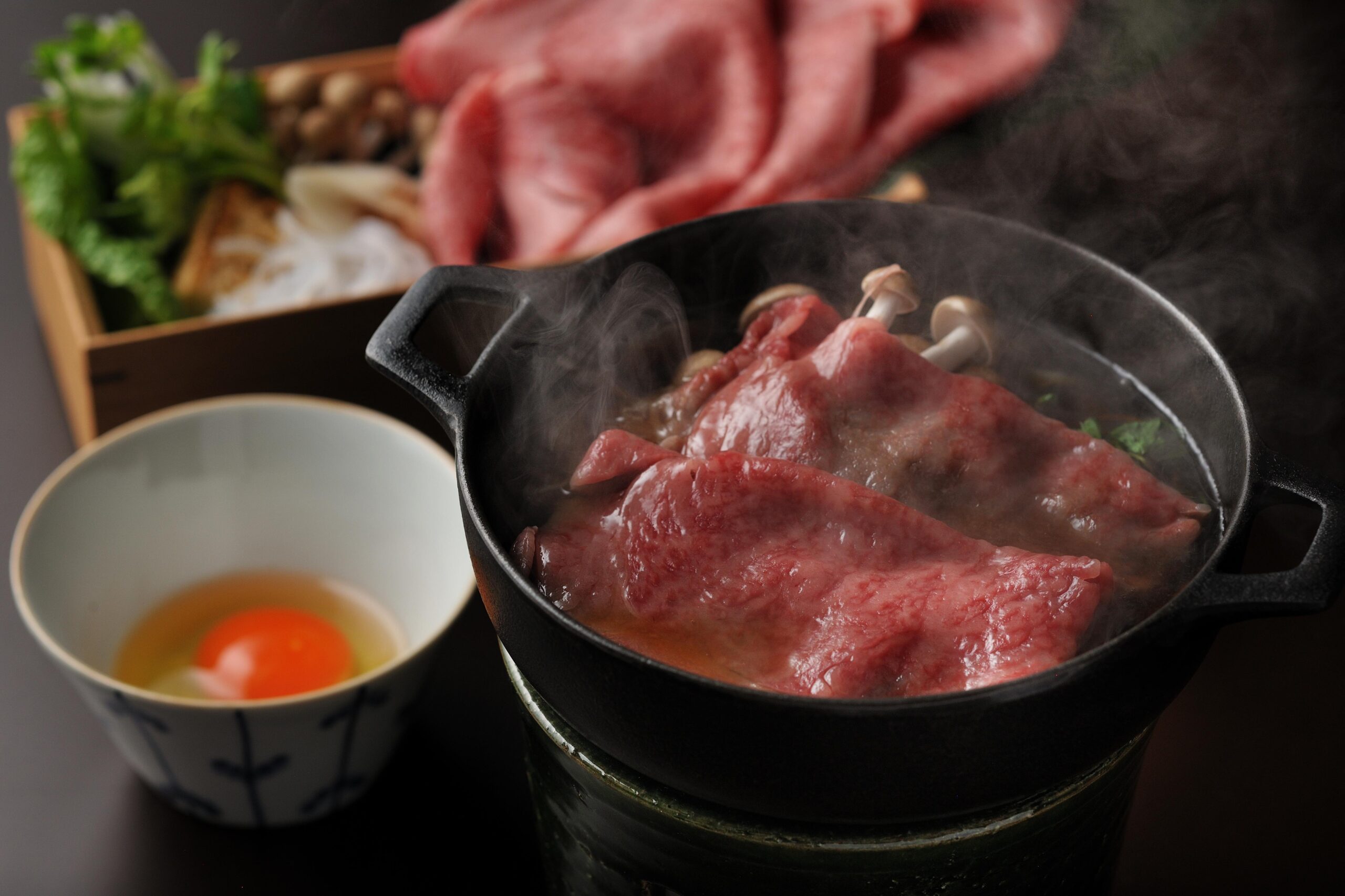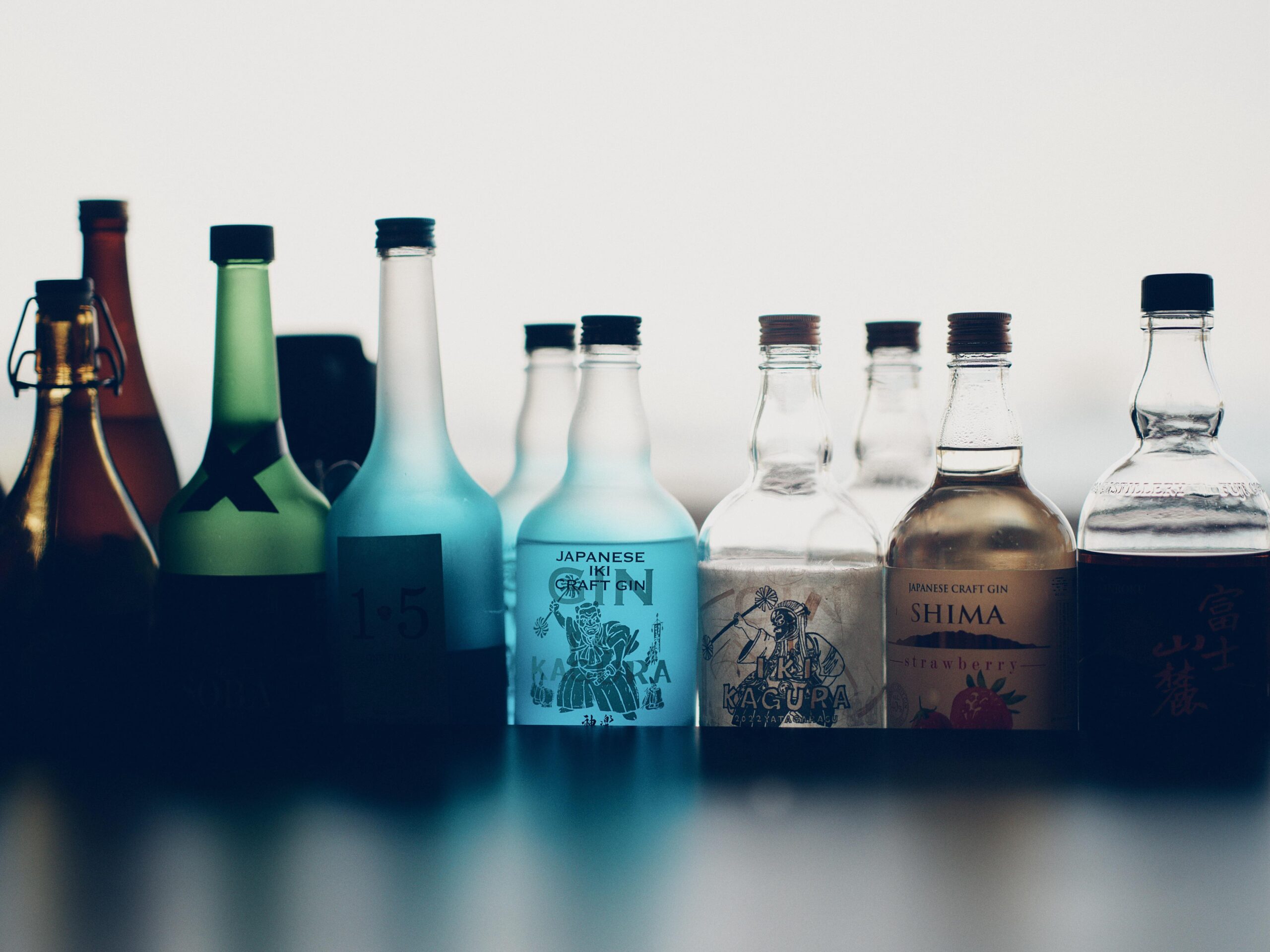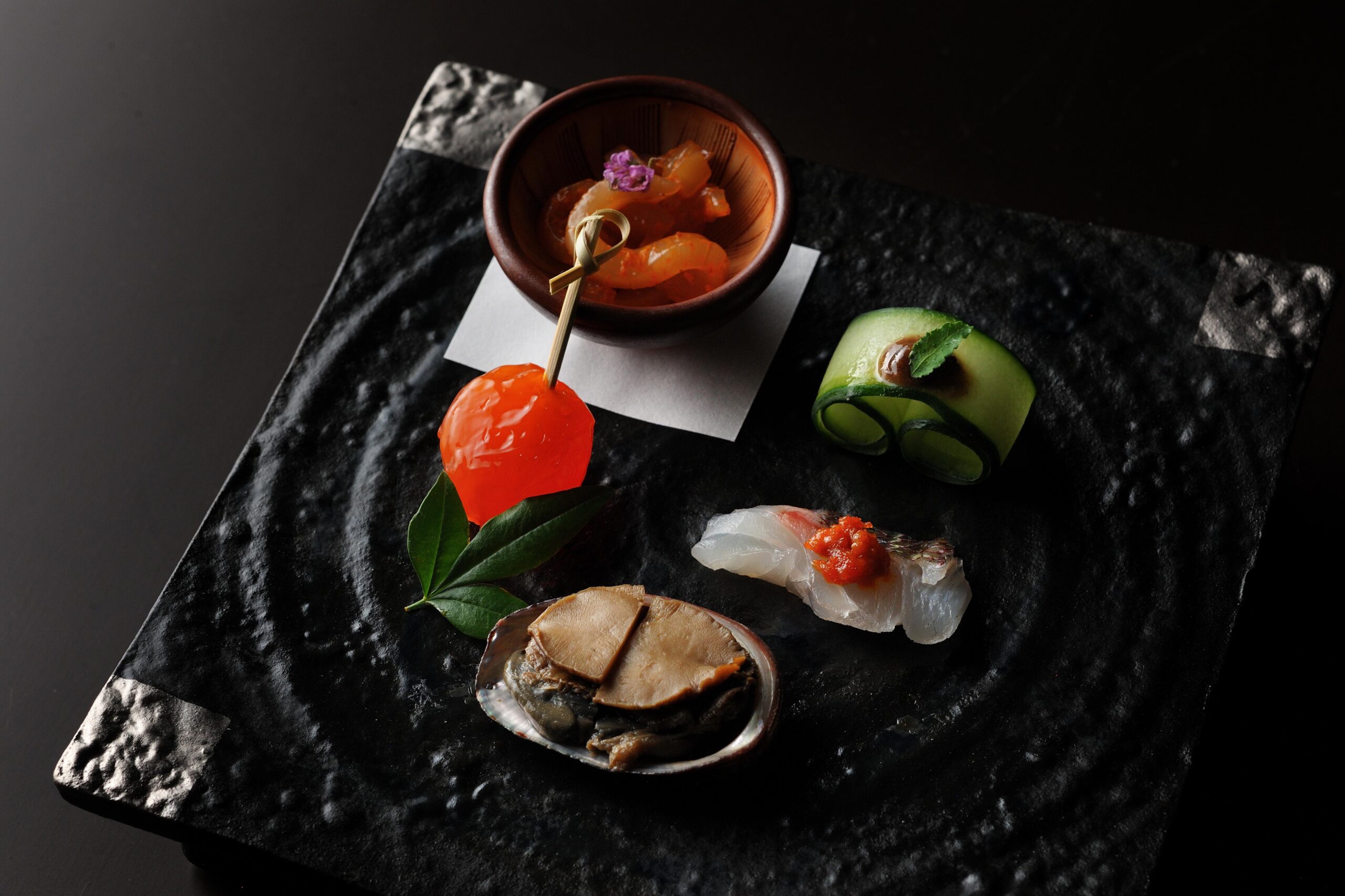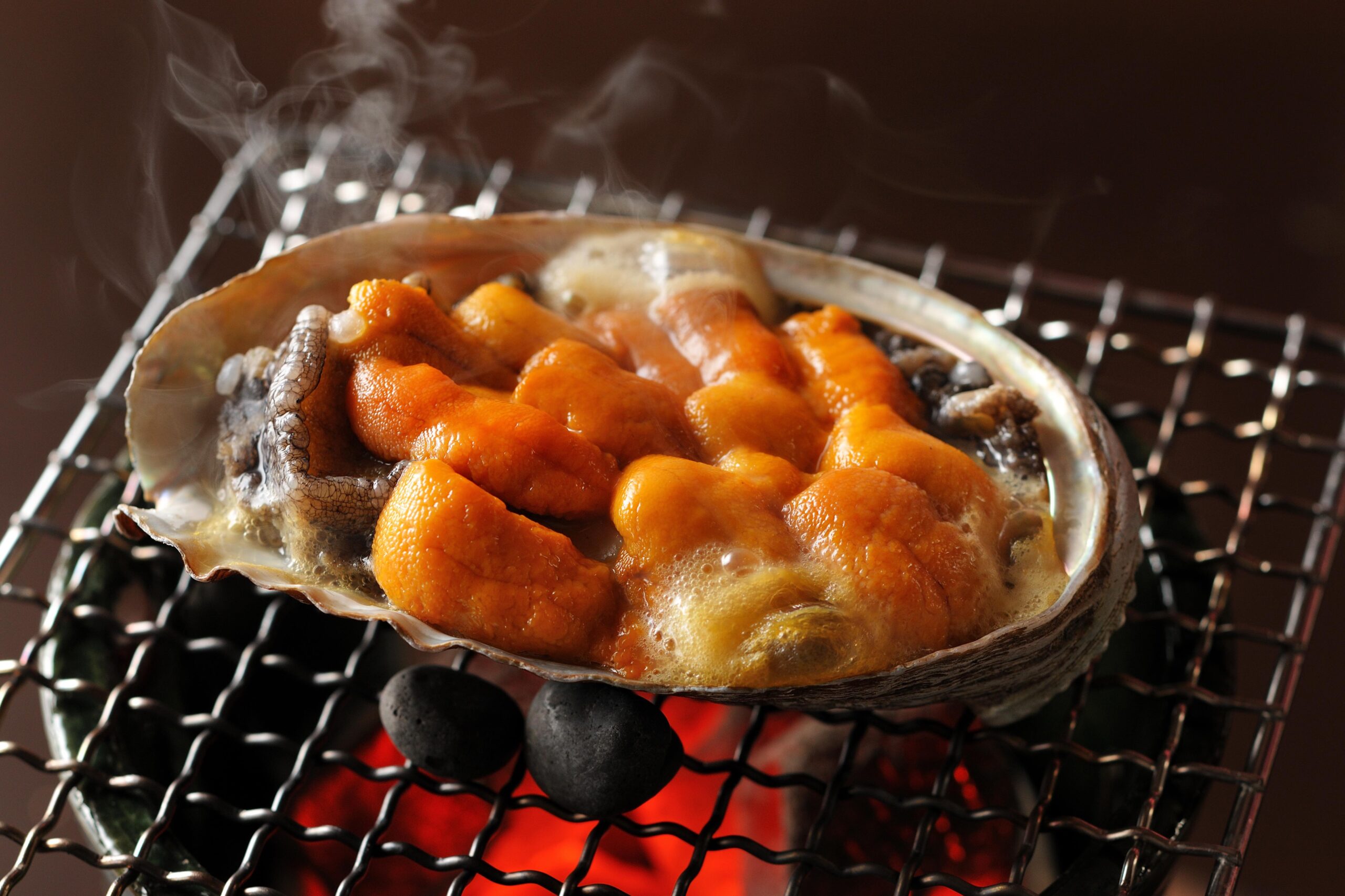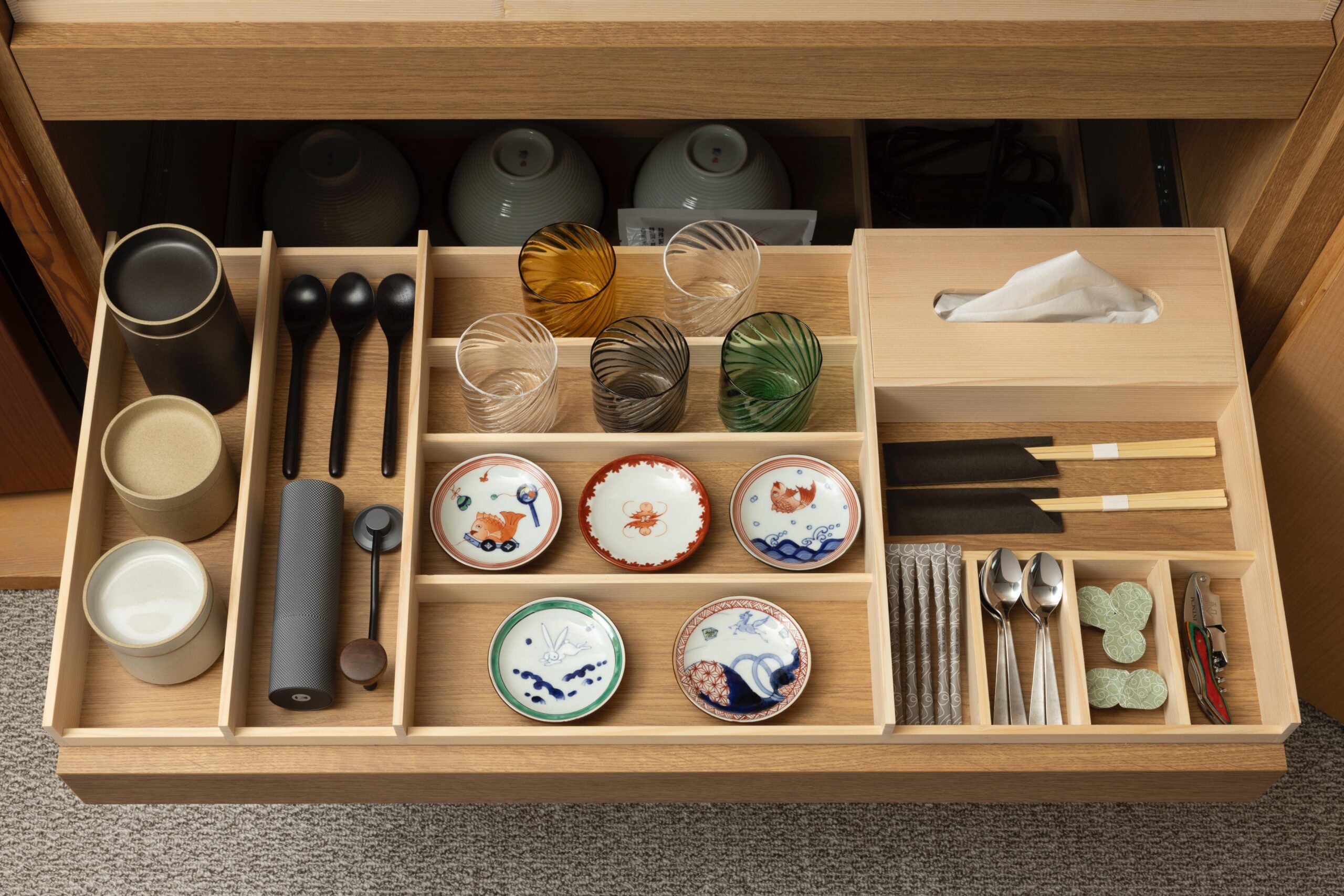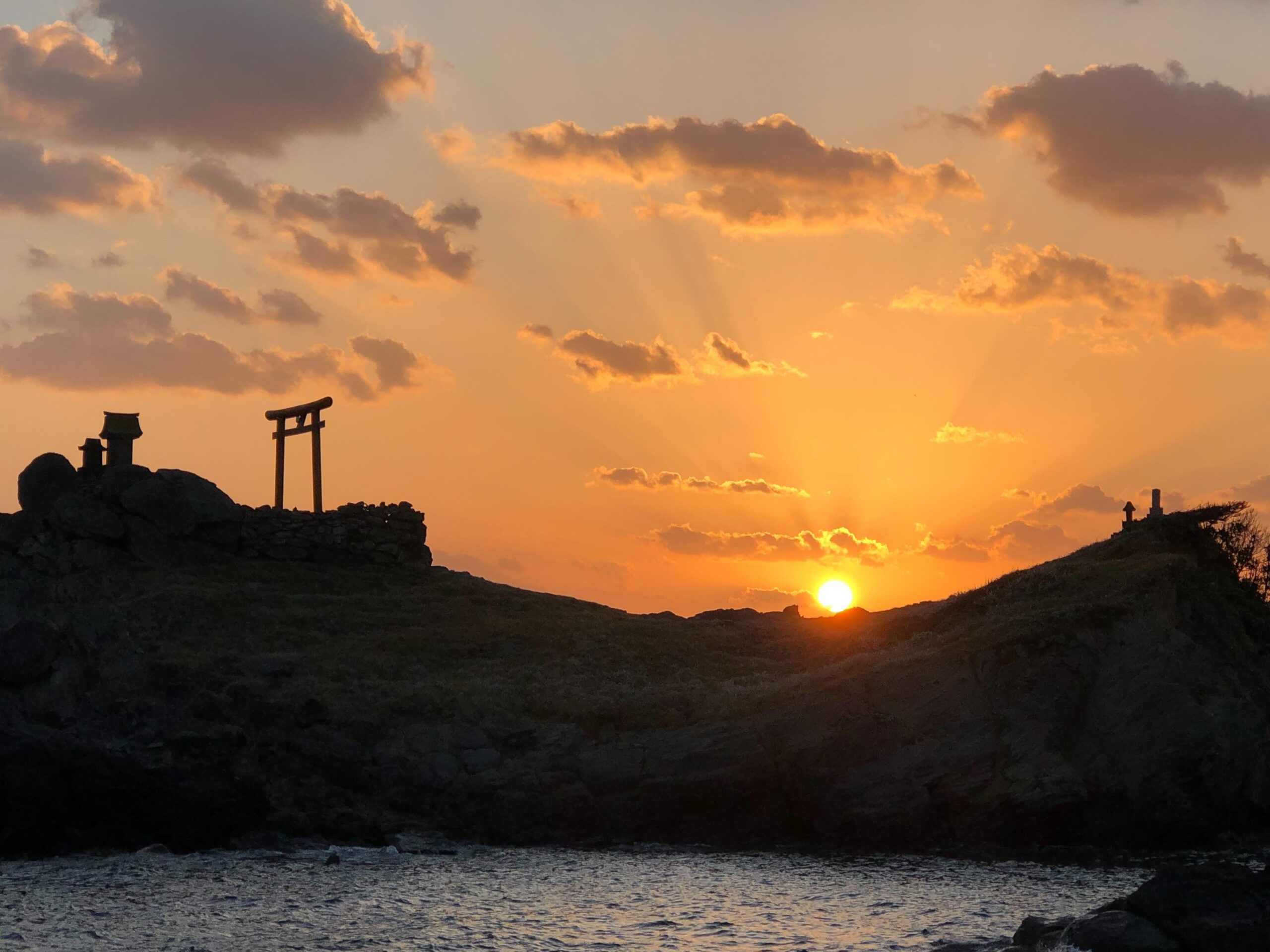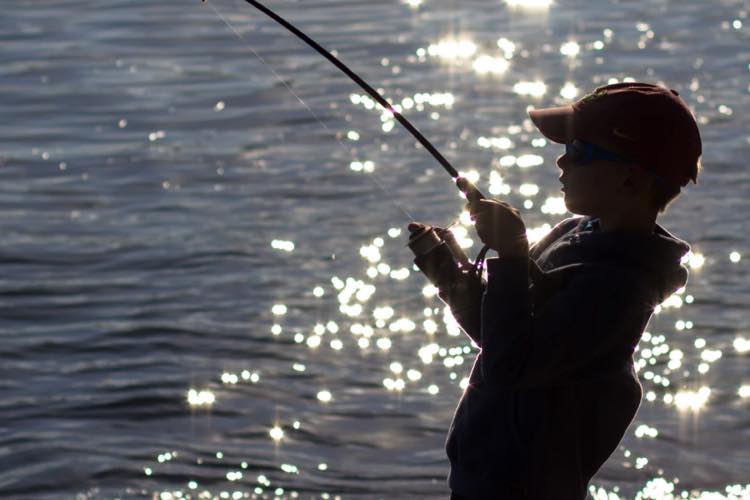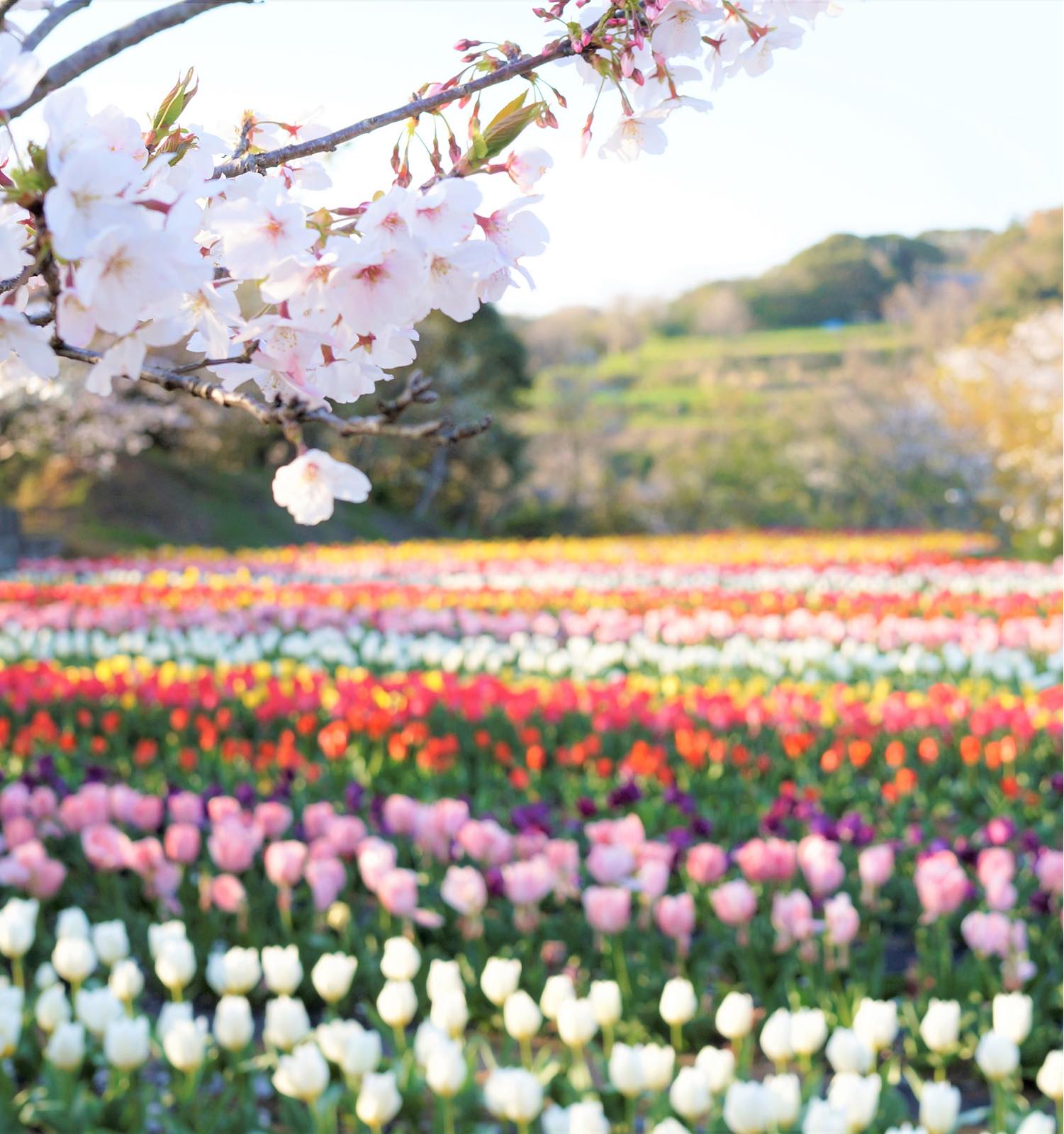

Experience the Seasons
Experience the charm of the island only at that time of the year
Iki Island is a place overflowing with charm, where beautiful nature, nostalgic scenery, and local traditional events come alive in each of the four seasons. Each spring, summer, fall, and winter has its own unique character, expanding opportunities to deeply experience the culture and climate of the place.
We would like to introduce a few of Iki’s special experiences unique to each season.
SCROLL
JANUARY
January
Seven-Shrine Pilgrimage
pilgrimage to the seven shrines
In Iki, there is a custom of Shicha-mairi (mairi to seven shrines) on New Year’s Day. It is said to originate from the fact that there were seven shrines that were specially revered by the lords of the Hirado domain, who were in charge of Iki in the old days. How about visiting the seven shrines at the beginning of the year to pray for a bountiful harvest, safety in the home, and good health and longevity?
<Recommended route>
① Sumiyoshi Shrine ② Hongu Hachiman Shrine ③ Seibo Shrine ④ Hakozaki Hachiman Shrine ⑤ Kunikata Shrine ⑥ Koh Shrine ⑦ Shirasa Hachiman Shrine
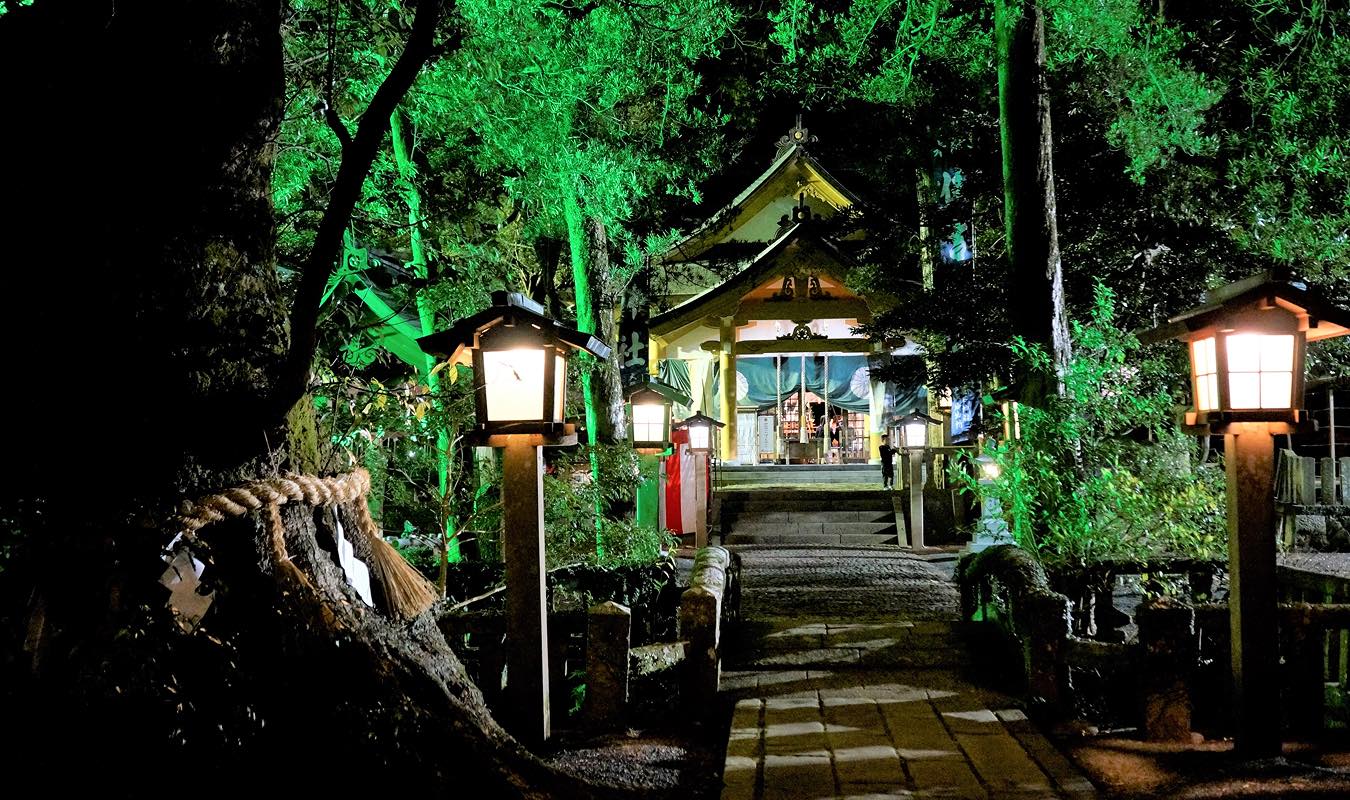
In Iki, there is a custom of Shicha-mairi (mairi to seven shrines) on New Year’s Day. It is said to originate from the fact that there were seven shrines that were specially revered by the lords of the Hirado domain, who were in charge of Iki in the old days. How about visiting the seven shrines at the beginning of the year to pray for a bountiful harvest, safety in the home, and good health and longevity?
<Recommended route>
① Sumiyoshi Shrine ② Hongu Hachiman Shrine ③ Seibo Shrine ④ Hakozaki Hachiman Shrine ⑤ Kunikata Shrine ⑥ Koh Shrine ⑦ Shirasa Hachiman Shrine
Chef’s Homemade Karasumi
Chef’s homemade dried mullet roe
Kairi no Karasumi is made from the roe of the largest and most fatty mullet caught in the Seto Inland Sea.
The process involves soaking the roe in natural salt from Iki for 10 days, then removing the salt for a day. The mullet roe is then soaked in Iki shochu for one day, air-dried in the shade, and coated with Iki shochu while also being coated with the mullet’s own fat to bring out its luster. Especially, Kairi’s karasumi is characterized by drying on medium, and is a gem that allows you to feel the petiteness of the roe more.
Limited to 10 servings per day, so please ask early if you would like to try it.
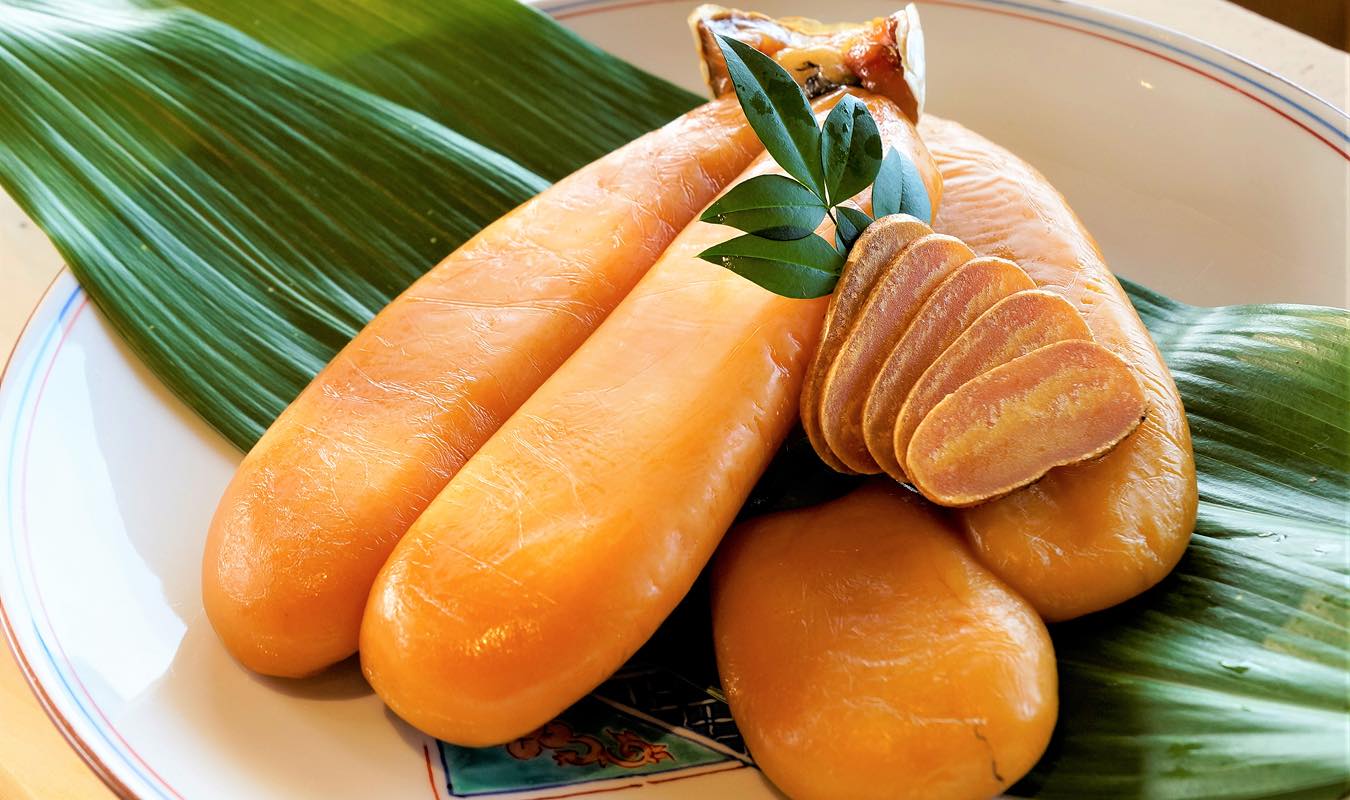
Kairi no Karasumi is made from the roe of the largest and most fatty mullet caught in the Seto Inland Sea. The process involves soaking the roe in natural salt from Iki for 10 days, then removing the salt for a day. The mullet roe is then soaked in Iki shochu for one day, air-dried in the shade, and coated with Iki shochu while also being coated with the mullet’s own fat to bring out its luster. The dish is limited to 10 servings per day, so please ask for your order as soon as possible.
FEBRUARY
two months
Japanese Narcissus & Plum
Japanese apricot, Japanese apricot
Nihon daffodils, which bloom from January to March, are in full bloom, and plum blossoms, which remind us of the coming of spring, have also begun to bloom. Let’s get over the cold winter with the encouragement of these powerful flowers.
The Japanese narcissus at the entrance of the museum is also in full bloom every year at this time.
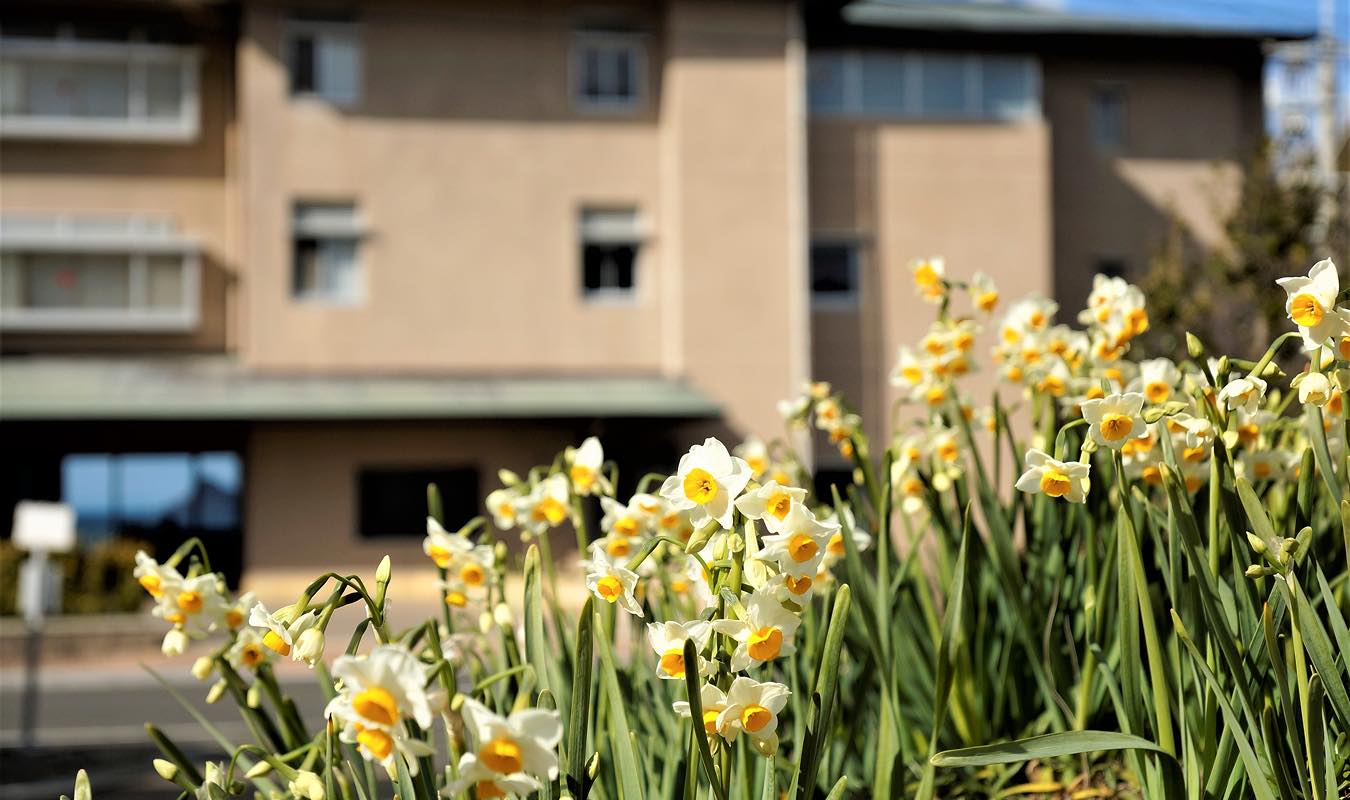
Nihon daffodils, which bloom from January to March, are in full bloom, and plum blossoms, which remind us of the coming of spring, have also begun to bloom. Let’s get over the cold winter with the encouragement of these powerful flowers. The Japanese narcissus at the entrance of the museum is also in full bloom every year at this time.
The Black Flags
The Black Flag of Fukae Tahara
Winter is the time to sow barley seeds, and at the beginning of the year, the sowing is over. Black flags standing in the fields are a sight to be seen in the Kyushu region to prevent birds from taking important seeds and sprouts.
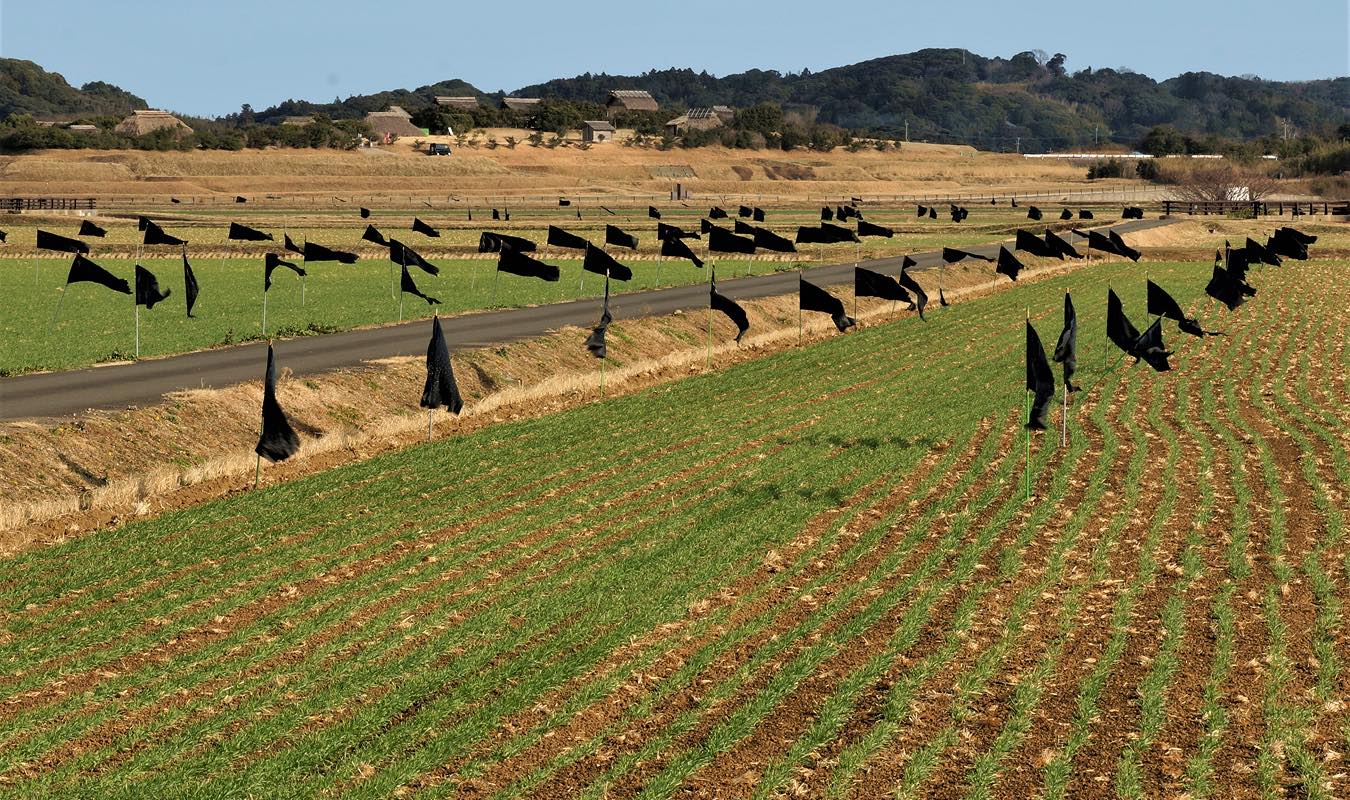
Winter is the time to sow barley seeds, and at the beginning of the year, the sowing is over. Black flags standing in the fields are a sight to be seen in the Kyushu region to prevent birds from taking important seeds and sprouts.
MARCH
March
Mountain Cherry Blossoms
Iki cherry (Prunus incisa)
On Iki, dozens of varieties of wild cherry trees can be enjoyed throughout the island. There are also various types of cherry trees in the precincts of temples and shrines, and a spring tour of temples and shrines in cherry blossom is recommended during this season, which is just right for both driving and strolling.
Kinpira Park, a 15-minute drive from the hotel, is famous for its cherry blossoms, which are illuminated at night, creating a different atmosphere from that of the daytime.
We also recommend a cruise to Hanjo Bay in Gonoura Town to admire the mountain cherry blossoms in Hanjo Bay, which cover the surface of the sea with blooming cherry trees.
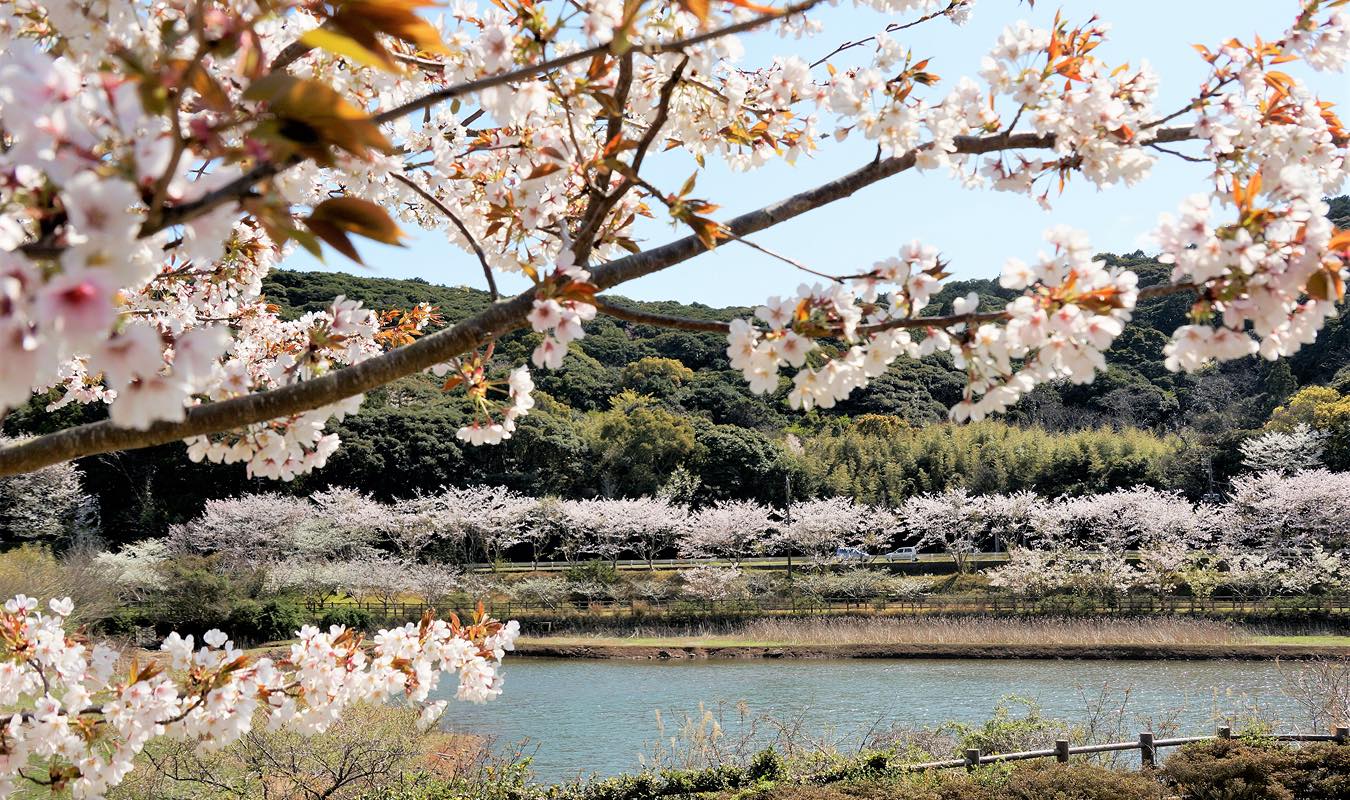
On Iki, dozens of varieties of wild cherry trees can be enjoyed throughout the island. There are also various types of cherry trees in the precincts of temples and shrines, and a spring tour of temples and shrines in cherry blossom is recommended during this season, which is just right for both driving and strolling. Kinpira Park, a 15-minute drive from the hotel, is famous for its cherry blossoms, which are illuminated at night, creating a different atmosphere from that of the daytime. We also recommend a cruise to Hanjo Bay in Gonoura Town to admire the mountain cherry blossoms in Hanjo Bay, which cover the surface of the sea with blooming cherry trees.
Akoya Twin Pearls
Akoya twin pearls
Akoya twin pearls are nurtured in the beautiful sea of Iki. The twin pearls, which appear as few as 1,000 out of several million, are called “miracle pearls” due to their rarity.
Akoya pearls nurtured by the Japanese sea have a deep luster and delicate coloring, and each pearl is like a natural gemstone, giving you confidence when you wear them.
At the store on the first floor of the museum, we sell necklaces, earrings, earrings, and other items made of Akoya twin pearls from Iki, so please stop by.
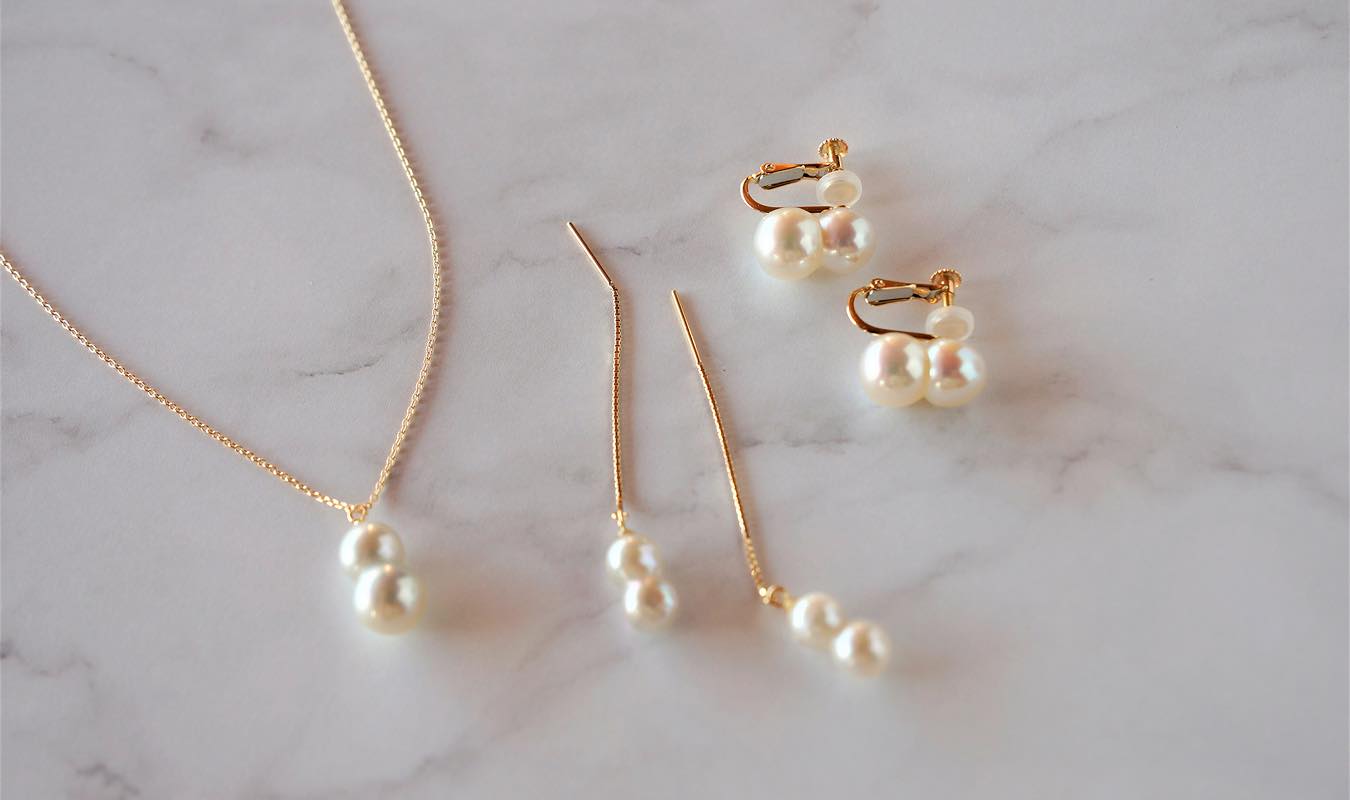
Akoya twin pearls are nurtured in the beautiful sea of Iki. The twin pearls, which appear as few as 1,000 out of several million, are called “miracle pearls” due to their rarity. Akoya pearls nurtured by the Japanese sea have a deep luster and delicate coloring, and each pearl is like a natural gemstone, giving you confidence when you wear them. At the store on the first floor of the museum, we sell necklaces, earrings, earrings, and other items made of Akoya twin pearls from Iki, so please stop by.
APRIL
April
Lights of Fishing Boats
Fishing Fire and Fishing Light Pole
Isaribi, or fishing fires in Iki, are a fantastic scene of countless lights floating on the sea at night. The lights that fishermen light to attract squid add color to the quiet sea, and are a well-known seasonal tradition.
Under certain conditions, the fishing lights reflect off ice crystals and water droplets in the atmosphere, forming a pillar of light known as the “fishing fire light pillar” phenomenon. If you are staying during this season, be sure to look out from your guest room.

Isaribi, or fishing fires in Iki, are a fantastic scene of countless lights floating on the sea at night. The lights that fishermen light to attract squid add color to the quiet sea, and are a well-known seasonal tradition. In addition, under certain conditions, the fishing lights reflect off ice crystals and water droplets in the atmosphere, creating a pillar of light known as the “fishing fire light pillar” phenomenon. If you are staying during this season, be sure to look out from your guest room.
Vibrant tulips
Multicolored tulips
Iki’s Hanjo Bay is a hidden and spectacular spot where beautiful tulips bloom in spring. The scene of colorful tulips spreading out is as lovely as a painting, and is often visited by locals.
The tulips blooming in the vast fields contrast vividly with the blue sky, reminding us of the arrival of spring.

Iki’s Hanjo Bay is a hidden and spectacular spot where beautiful tulips bloom in spring. The scene of colorful tulips spreading out is as lovely as a painting, and is often visited by locals. The tulips blooming in the vast fields contrast vividly with the blue sky, reminding us of the arrival of spring.
MAY
May
Glow of Fireflies
Firefly light illuminating the quiet night
Firefly tours are popular every year and are offered as an activity. In Iki Island, where there are few streetlights and many waterfront areas, there are many firefly spots. Even on roads where there are many cars passing by, if you go along the river for a little while, you will see many fireflies.
The best time to view fireflies is at night in late May, especially when there is no wind. If you are staying at the hotel during this time of year, please be sure to enjoy the luxurious light of the fireflies, which is unique to the island.
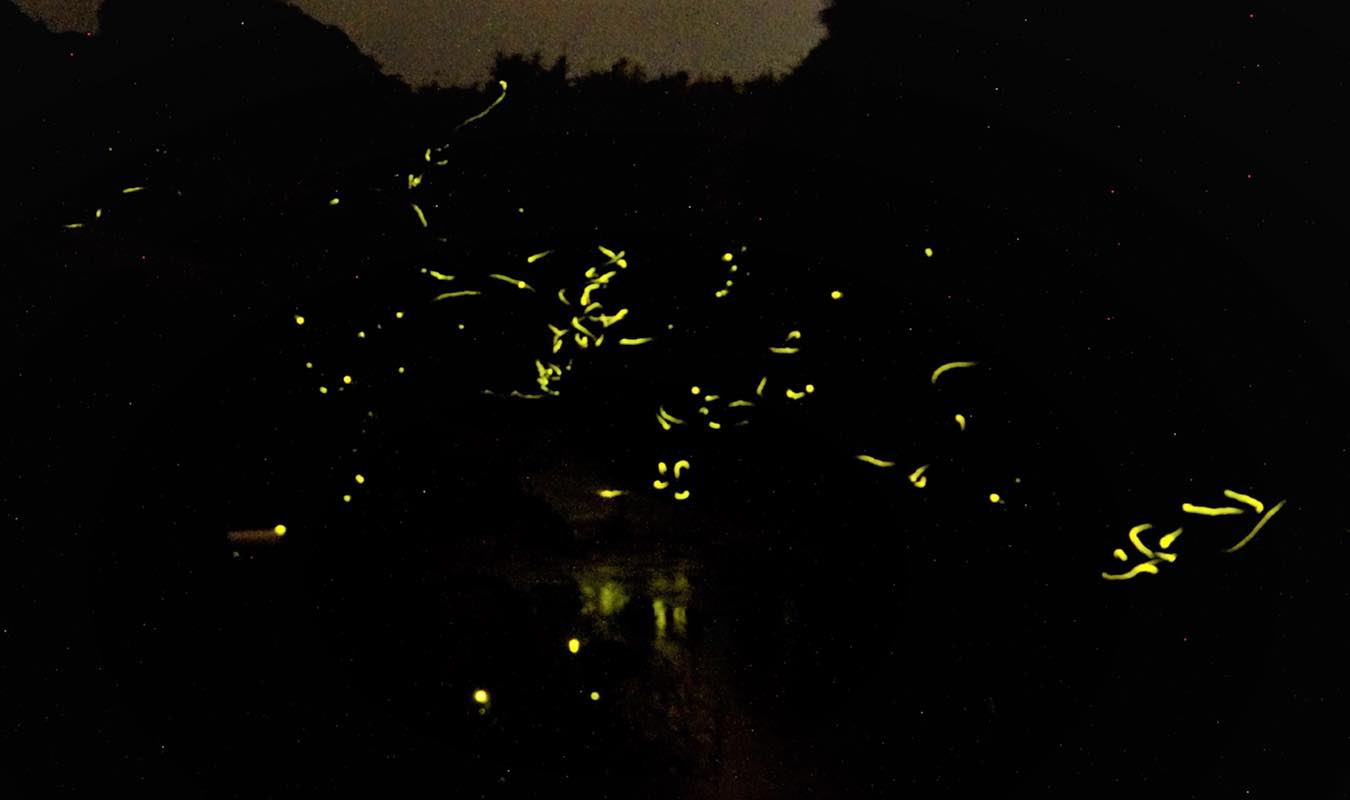
Firefly tours are popular every year and are offered as an activity. In Iki Island, where there are few streetlights and many waterfront areas, there are many firefly spots. Even on roads where there are many cars passing by, if you go along the river for a little while, you will see many fireflies. The best time to view fireflies is at night in late May, especially when there is no wind. If you are staying at the hotel during this time of year, please be sure to enjoy the luxurious light of the fireflies, which is unique to the island.
Straw bale roll
wheat straw roll
May marks the harvest time of barley, an important ingredient for Iki shochu. It is a familiar sight to locals, but we often hear from guests that the “barley culm rolls” rolling around in the vast fields are impressive.
Each farmer uses the barley rolls differently, some use them as beds for their cows, while others use them as feed for the cows.
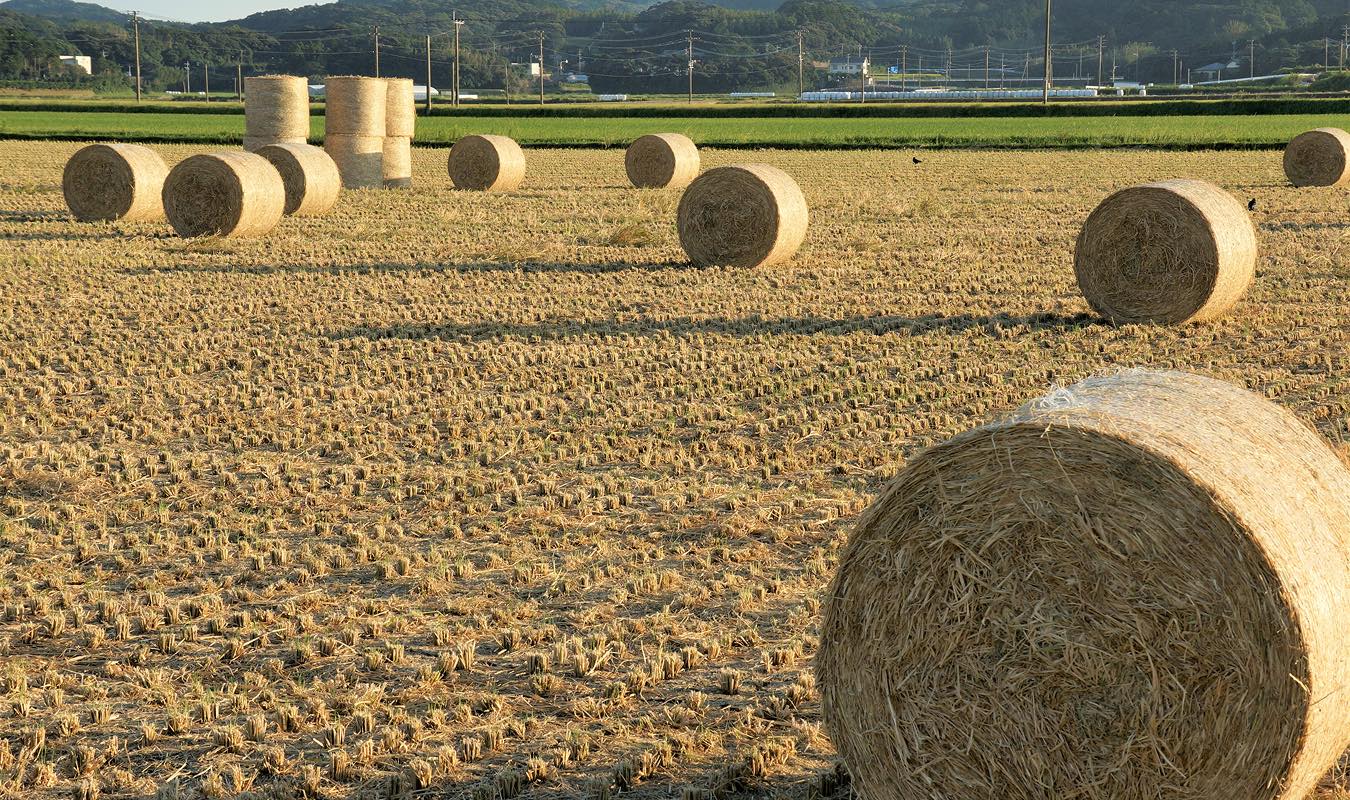
May marks the harvest time of barley, an important ingredient for Iki shochu. It is a familiar sight to locals, but we often hear from guests that the “barley culm rolls” rolling around in the vast fields are impressive. Each farmer uses the barley rolls differently, some use them as beds for their cows, while others use them as feed for the cows.
Yokoyama Natsu Junmai Ginjo Sake
Yokoyama Summer Jungin (Junmai Ginjo)
Yokoyama Summer Jungin is the only sake from Iki Island, Nagasaki Prefecture, and as the label suggests, it has a tropical, summery aroma.
It is made with a yeast called No. 14 yeast, which gives it a sour and crisp taste. The alcohol content is also lower than other products so that it is easy to drink even in hot weather.
Enjoy its fresh flavor.
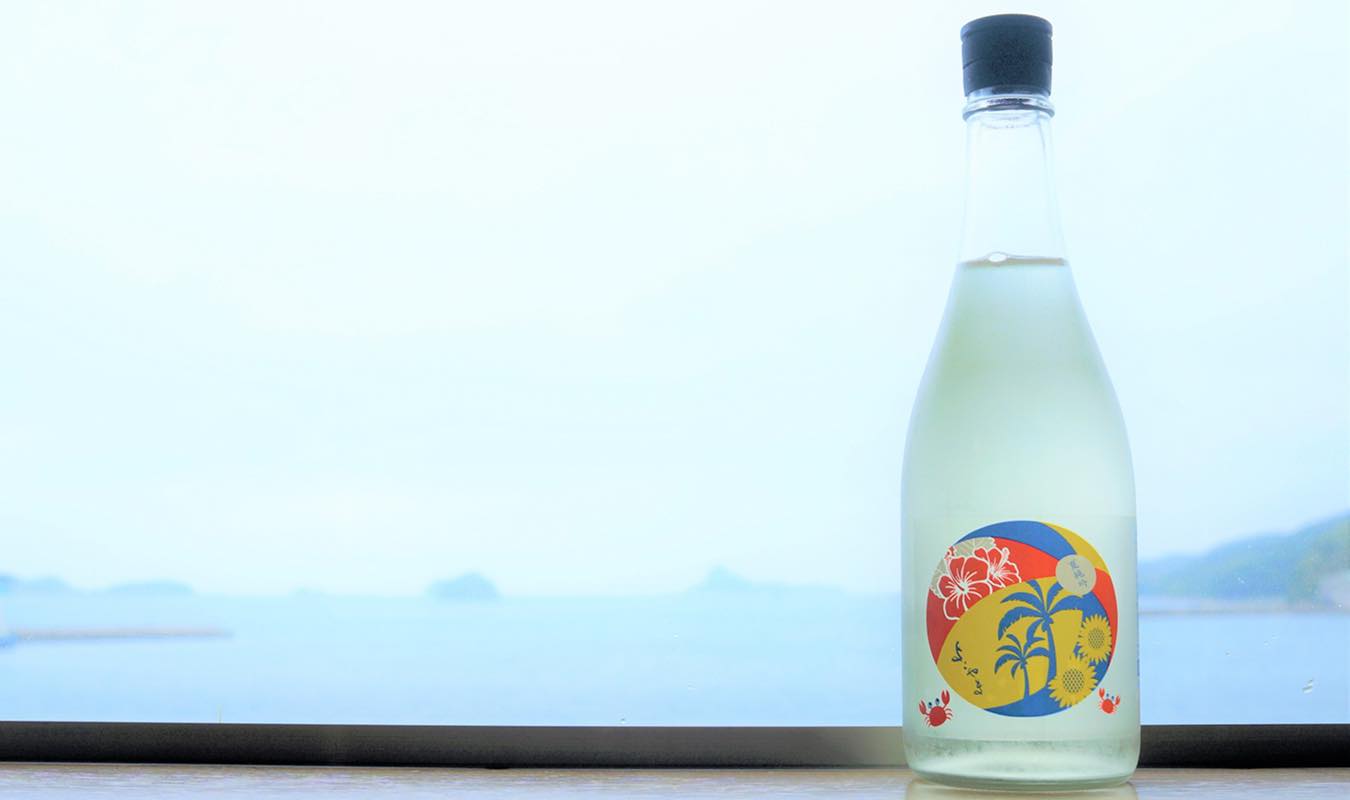
Yokoyama Summer Jungin is the only sake from Iki Island, Nagasaki Prefecture, and as the label suggests, it has a tropical, summery aroma. It is made with a yeast called No. 14 yeast, which gives it a sour and crisp taste. The alcohol content is also lower than other products so that it is easy to drink even in hot weather. Enjoy its fresh flavor.
JUNE.
June
Specialty “Kairi-yaki
The famous “Kairi-yaki” ban is lifted.
Kairi-yaki,” a dish of abalone topped with a generous amount of sea urchin, is one of our specialties, grilled slowly over a charcoal fire. Some guests come back year after year just to try the kairi yaki. The collaboration of natural abalone with the rich flavor of sea urchin, which can only be enjoyed now, is a luxury in itself. It is a must-try dish.
The timing is a guideline. It may vary depending on the year.
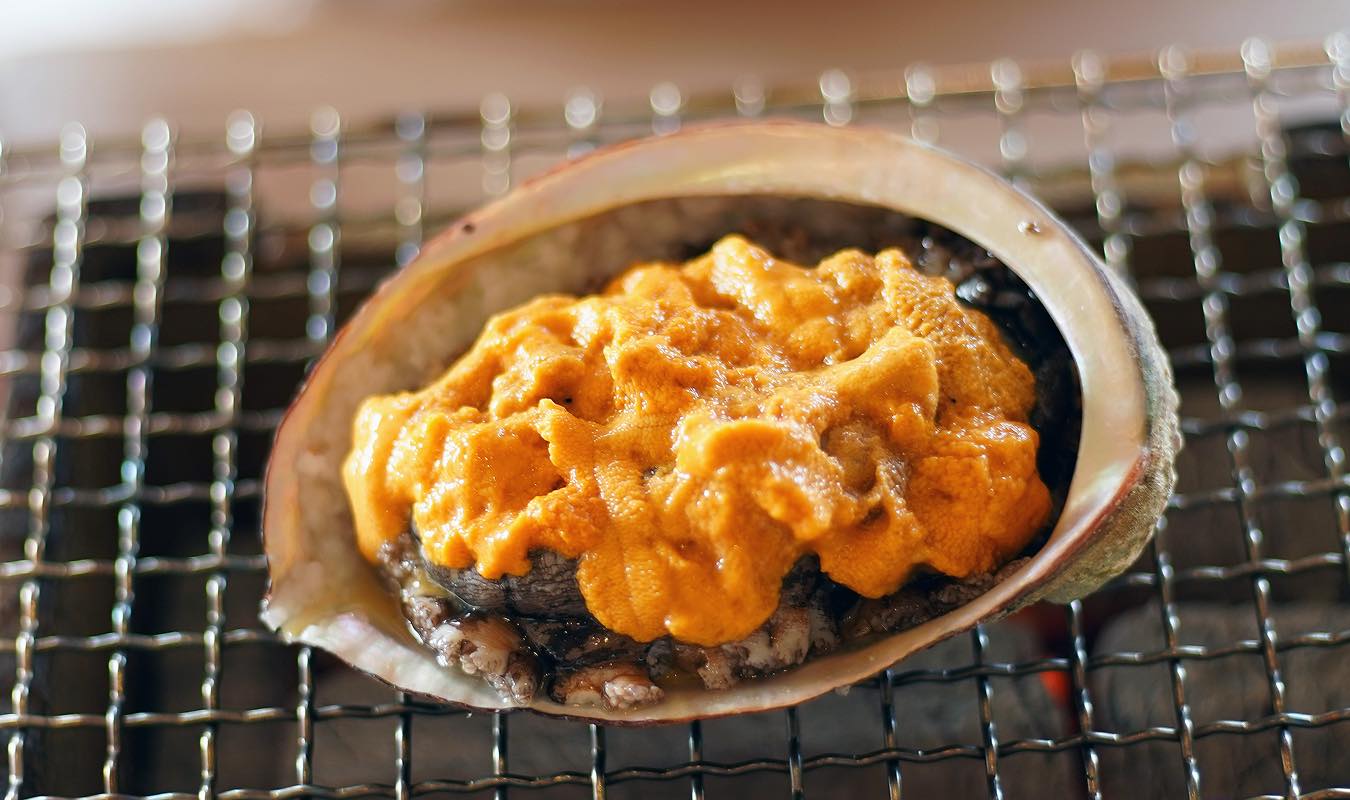
Kairi-yaki,” a dish of abalone topped with a generous amount of sea urchin, is one of our specialties, grilled slowly over a charcoal fire. Some guests come back year after year just to try the kairi yaki. The collaboration of natural abalone with the rich flavor of sea urchin, which can only be enjoyed now, is a luxury in itself. It is a must-try dish.
The timing is a guideline. It may vary depending on the year.
Colorful hydrangeas
Colorful hydrangeas
Katayama Hydrangea Garden is a hydrangea garden with approximately 5,000 hydrangeas in full bloom in Katayama-Touchou, Katsumoto Town. The garden is about 2,000 tsubo in size and is usually lined with blue, light blue, purple, white, and various other colors of hydrangeas. The sight of them shining in the sunlight as well as their lively blooms wet with rain and dew is also beautiful, and can be enjoyed even on rainy days. Visitors can see them from early June to mid-July, so be sure to stop by.
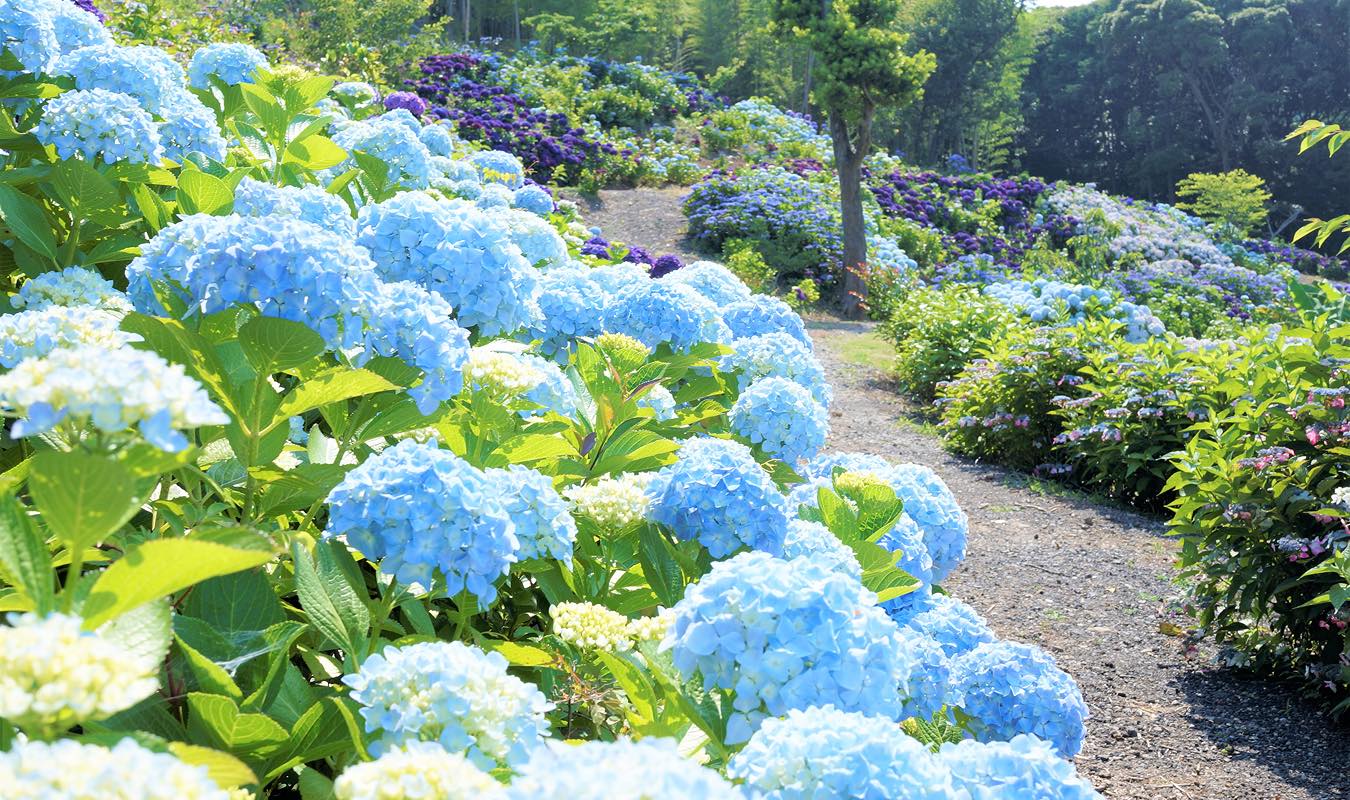
Katayama Hydrangea Garden is a hydrangea garden with approximately 5,000 hydrangeas in full bloom in Katayama-Touchou, Katsumoto Town. The garden is about 2,000 tsubo in size and is usually lined with blue, light blue, purple, white, and various other colors of hydrangeas. The sight of them shining in the sunlight as well as their lively blooms wet with rain and dew is also beautiful, and can be enjoyed even on rainy days. Visitors can see them from early June to mid-July, so be sure to stop by.
Embracing the rain
Spend time with the rain
During this rainy season, one of the best ways to relax is to spend time in the library and bar of the hotel with your favorite book in hand.
Free drinks, small board games and darts are also available.
Please spend a quiet moment until dinner while enjoying the view of Yumoto Bay, which looks like a watercolor painting and has a different look from a sunny day.

During this season when the rain continues to pour down, one of the best ways to relax is to spend time in our library and bar with your favorite book in your hand. Free drinks, board games, and darts are also available. Enjoy a quiet moment until dinner while gazing at the watercolor-like Yumoto Bay, which looks different from a sunny day.
JULY.
July
Opening of the Beach
Late sea opening
Iki beaches open in early July, depending on the beach, and visitors can safely enjoy swimming until late August. The closest beach to the hotel is Satohama Beach, and there are several other beaches scattered throughout the island. Tsutsujohama, with its sparsely populated white beach, is also highly recommended. Some beaches hold events on the opening day of the sea, which will make you feel the beginning of summer. Please enjoy the beautiful sea of Iki to the fullest.
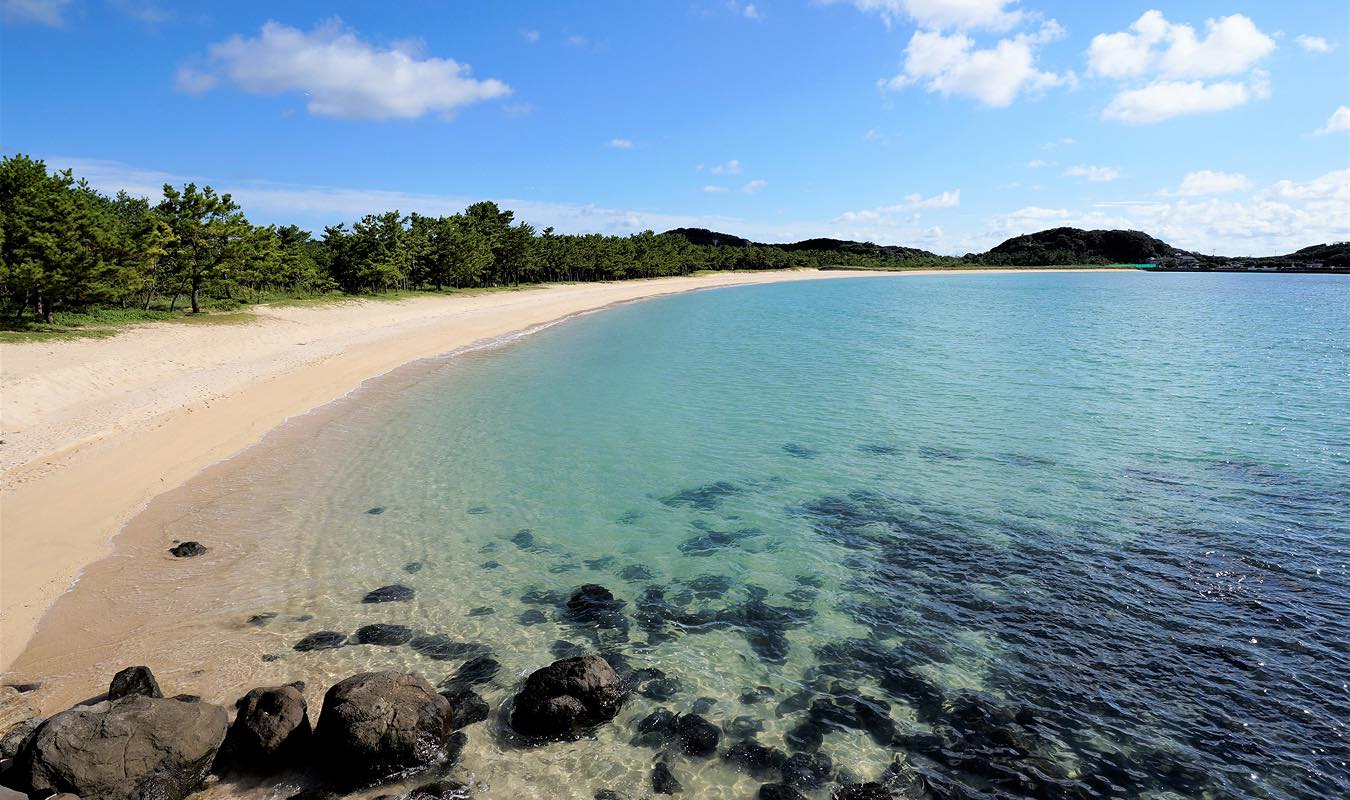
Iki beaches open in early July, depending on the beach, and visitors can safely enjoy swimming until late August. The closest beach to the hotel is Satohama Beach, and there are several other beaches scattered throughout the island. Tsutsujohama, with its sparsely populated white beach, is also highly recommended. Some beaches hold events on the opening day of the sea, which will make you feel the beginning of summer. Please enjoy the beautiful sea of Iki to the fullest.
Yunomoto Bay Sunset
Sunset at Yumoto Bay, one of the 100 best sunsets.
In July, you can watch the sunset over Yumoto Bay from inside the museum. The setting sun as it falls into the sea turns the sea and sky orange, creating a fantastic sight. If you wait a few minutes after the sun has completely set, you can see the beautiful gradation of the sky during the “magic hour”. Please be sure to check the sunset time of the day to see the magic hour.

In July, you can watch the sunset over Yumoto Bay from inside the museum. The setting sun as it falls into the sea turns the sea and sky orange, creating a fantastic sight. If you wait a few minutes after the sun has completely set, you can see the beautiful gradation of the sky during the “magic hour”. Please be sure to check the sunset time of the day to see the magic hour.
AUGUST
August
The height of summer
Finally, summer is in full swing.
There are many activities to enjoy on Iki Island, including kayaking, SUP, windsurfing, snorkeling, hoverboarding, surfing, fishing, banana boating, scuba diving, cookie, jet skiing, wakeboarding, and dolphin watching. We can make reservations at the hotel. Some of these activities can be reserved at the museum, so please consult with us in advance.
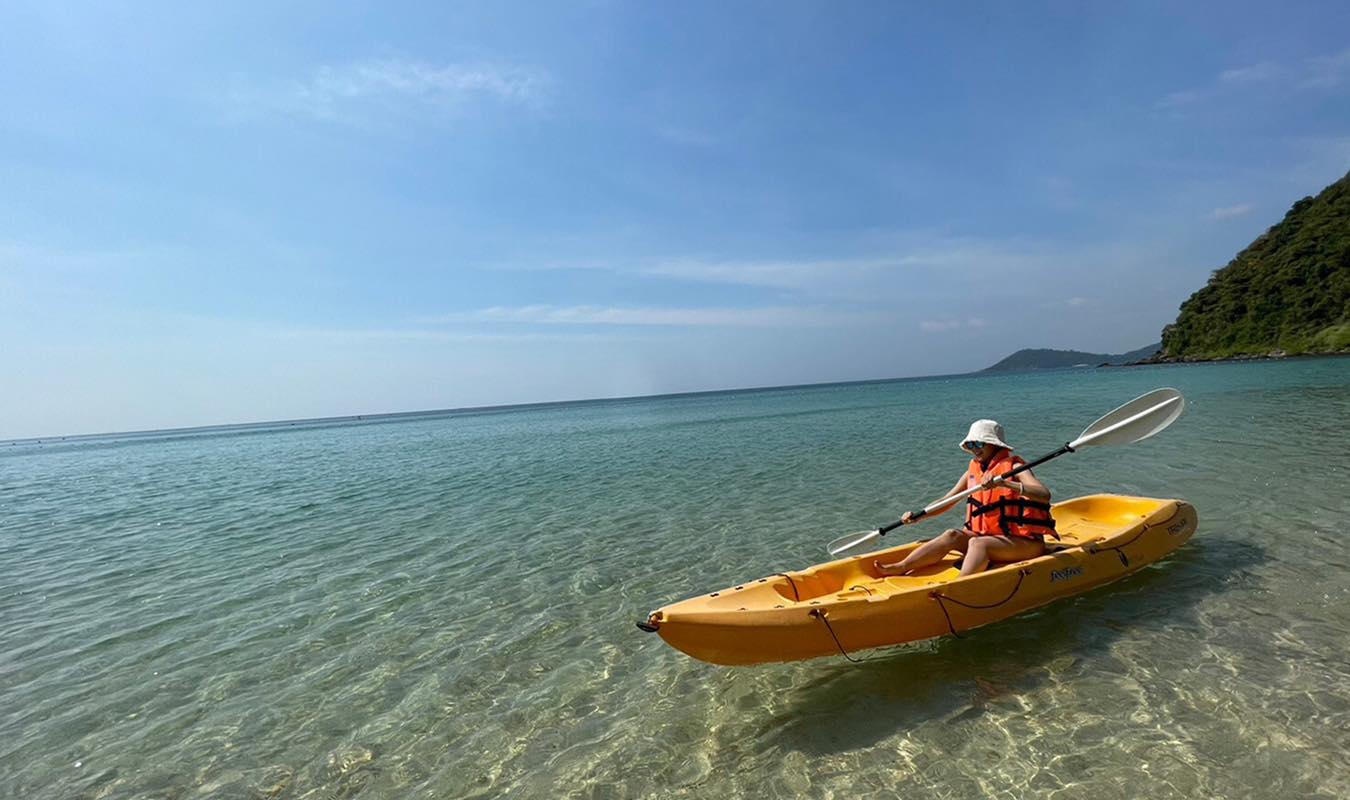
There are many activities to enjoy on Iki Island, including kayaking, SUP, windsurfing, snorkeling, hoverboarding, surfing, fishing, banana boating, scuba diving, cookie, jet skiing, wakeboarding, and dolphin watching. We can make reservations at the hotel. Some of these activities can be reserved at the museum, so please consult with us in advance.
Iki Grand Kagura Dedication
Dedication of Iki Dai-kagura (Shirasa Hachiman Shrine)
Iki Daikagura is held annually on the first Saturday of August on the island of Iki.
The summer Iki Daikagura begins at 6:00 p.m. and lasts approximately six hours. At the Tsutsujohama Fureai Hiroba, the venue of the event, kitchen cars and other vendors are set up, and the whole island community gets excited about this event on the island.

Iki Daikagura is held annually on the first Saturday of August on the island of Iki.
The summer Iki Daikagura begins at 6:00 p.m. and lasts approximately six hours. At the Tsutsujohama Fureai Hiroba, the venue of the event, kitchen cars and other vendors are set up, and the whole island community gets excited about this event on the island.
Fireworks
Ikijima Furusato Fireworks
The Gonoura Town Fireworks Festival was revived in 2018 for the first time in about 40 years and changed its name to “Ikijima Furusato Fireworks” in 2019 in order to make it more familiar to the people of Ikijima.
We hope that many people from outside of the island will spend time thinking about their “hometowns,” not only here on Iki Island, but also in their own hometowns, cherishing the coincidences and inevitabilities that they encounter on Iki Island, which they visit when migrating or traveling.
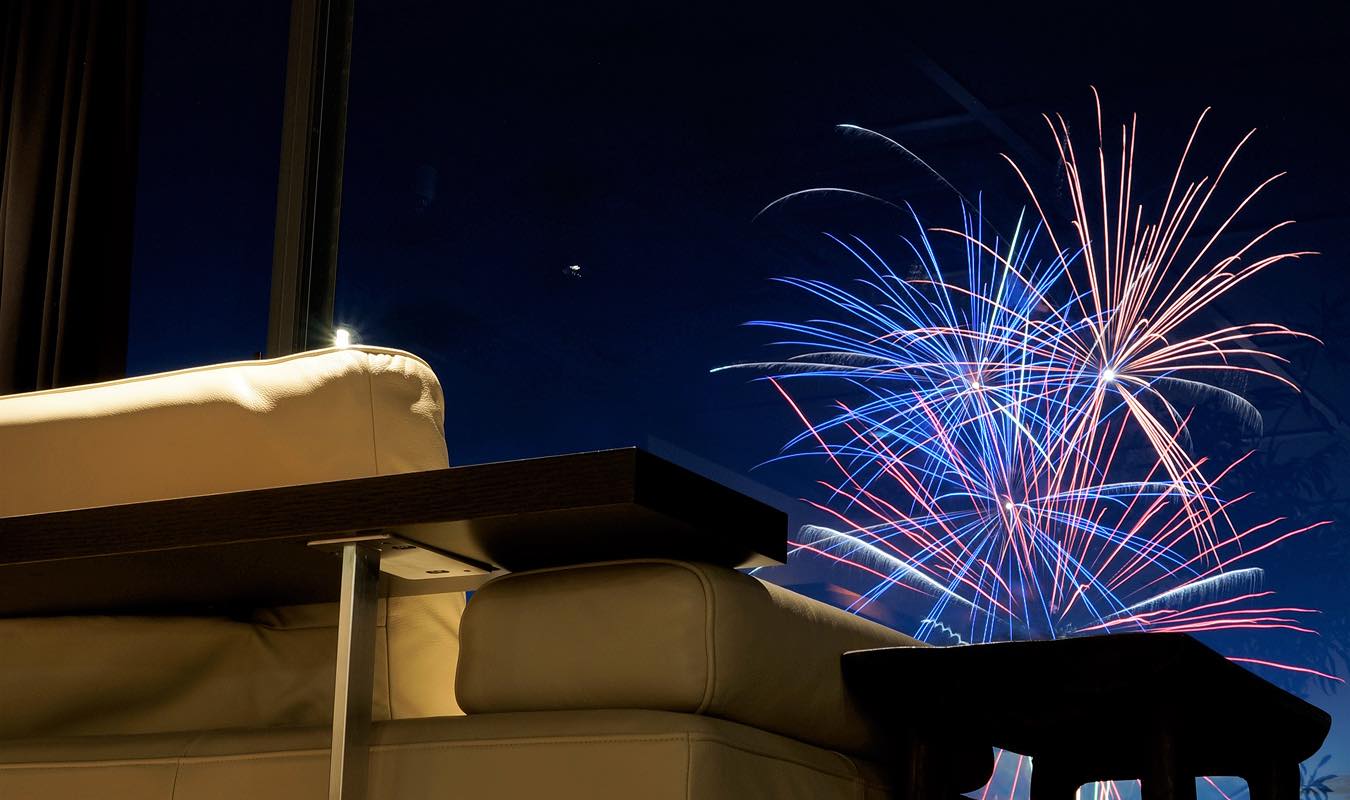
The Gonoura-cho Fireworks Festival, which was revived in 2018 for the first time in 40 years, has changed its name to “Ikijima Furusato Fireworks” in 2019 in order to make it more familiar to the people of Iki Island. We hope that many people from outside of the island will spend time thinking about their “hometowns,” not only here on Iki Island, but also in their own hometowns, cherishing the coincidences and inevitabilities that they encounter on Iki Island, which they visit when they move or travel.
SEPTEMBER.
September
Tatsu no Shima
Uninhabited island “Tatsunoshima
The uninhabited island of Tatsunoshima is located about 10 minutes by boat from Katsumoto Port. The island is beautiful with its endlessly clear emerald green sea and white sandy beach, and has been selected as one of the “100 Best Bathing Beaches in Japan” by the Ministry of the Environment. The oddly shaped rocks, cliffs, and precipices created by the rough waves of the Genkai Sea are also very impressive.
There are three ways to enjoy Tatsunoshima: just a sightseeing tour, just the Tatsunoshima ferry, or a sightseeing tour and landing on Tatsunoshima, but we encourage you to land on Tatsunoshima and appreciate the many beauties of nature’s formations.
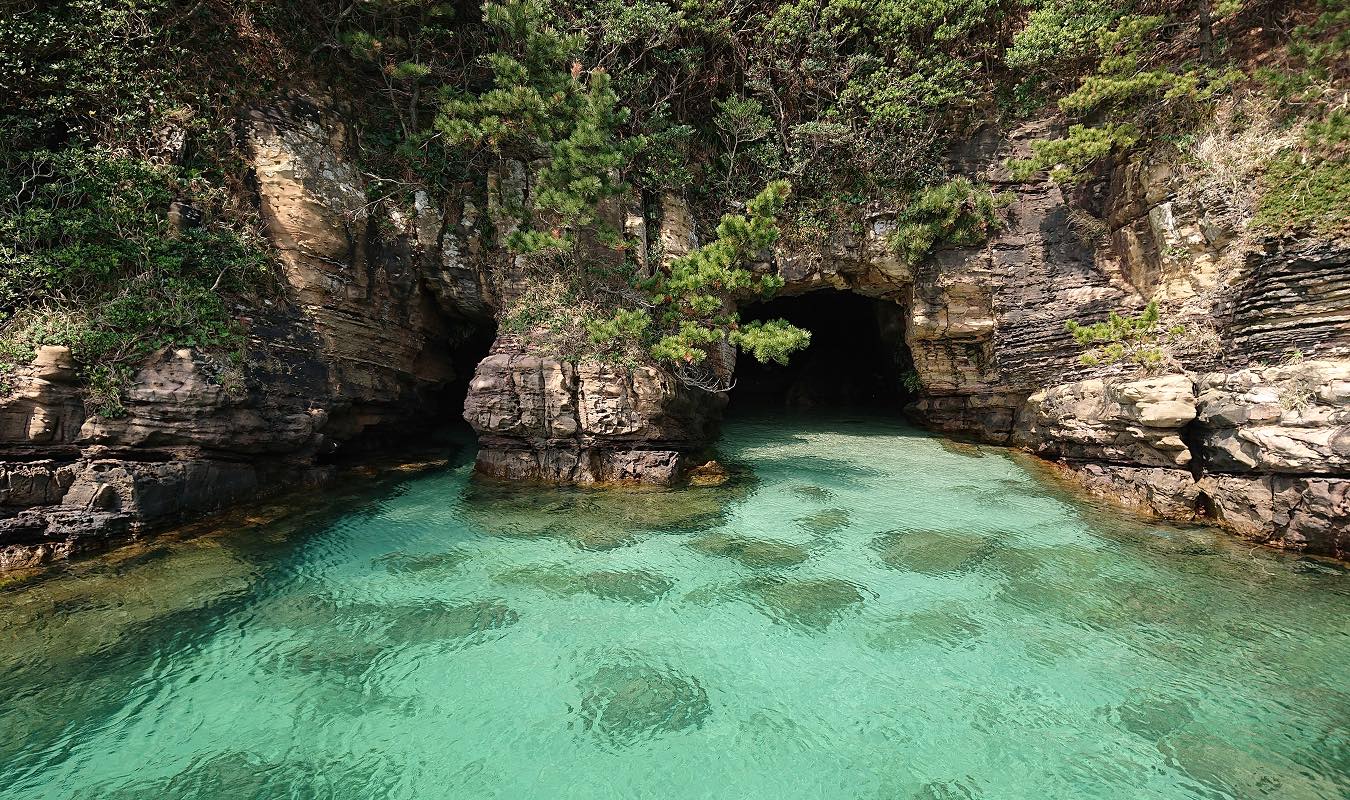
The uninhabited island of Tatsunoshima is located about 10 minutes by boat from Katsumoto Port. The island is beautiful with its endlessly clear emerald green sea and white sandy beach, and has been selected as one of the “100 Best Bathing Beaches in Japan” by the Ministry of the Environment. The oddly shaped rocks, cliffs, and precipices created by the rough waves of the Genkai Sea are also very impressive. There are three ways to enjoy Tatsunoshima: just a sightseeing tour, just the Tatsunoshima ferry, or a sightseeing tour and landing on Tatsunoshima, but we encourage you to land on Tatsunoshima and appreciate the many beauties of nature’s formations.
Take-no-Tsuji Viewpoint
Mt. Tsuji Observatory
The observatory is located on the summit of Mt. It offers a 360-degree view of the island, and on a clear day, Kyushu and Tsushima can sometimes be seen.
It is also a sunset spot, so why not take a leisurely drive there before dinner?

The observatory is located on the summit of Mt. It offers a 360-degree view of the island, and on a clear day, Kyushu and Tsushima can sometimes be seen. It is also a sunset spot, so why not take a leisurely drive there before dinner?
OCTOBER
October
Seibogu Shrine’s Shinkosai Festival
Shinko Festival at Seibo Shrine
This is an annual festival of Seiho Shrine, which is located in Katsumoto Fishing Port. Held every year from October 10 to October 14, it is the largest festival in Iki. There are many highlights of the festival, including a Shinto ritual in which two boats called “gojinko-bune” compete in a rowing competition, a portable shrine, and the Honden Kagura (Shinto music and dancing).
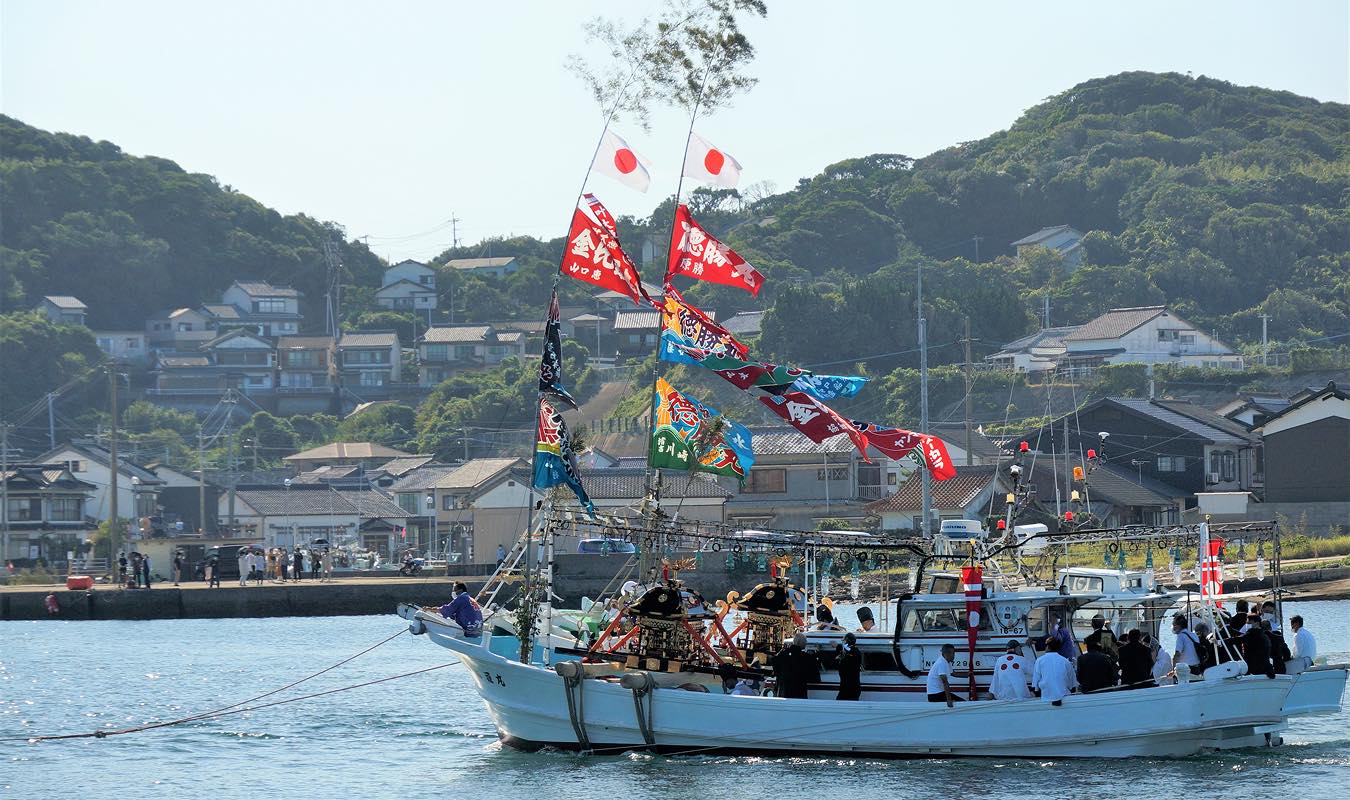
This is an annual festival of Seiho Shrine, which is located in Katsumoto Fishing Port. Held every year from October 10 to October 14, it is the largest festival in Iki. There are many highlights of the festival, including a Shinto ritual in which two boats called “gojinko-bune” compete in a rowing competition, a portable shrine, and the Honden Kagura (Shinto music and dancing).
Premium Fish “Nodoguro
Lifting of the ban on “Nodoguro,” a fantastic luxury fish
Nodoguro is a seasonal food from fall to spring, and is known as a fantastic high-end fish. Because nodoguro are caught alone, their skin is unscathed and stress-free, resulting in a high degree of transparency and an overwhelming difference in flavor and texture.
This is the only time of the year when you can taste the quality, fat, and freshness of the nodoguro, which is unique in its tightness, meat quality, and freshness. Enjoy it to your heart’s content.
Only available with the “Nodoguro-zushi Kaiseki” plan.
*This is a rough estimate of the season. It may vary depending on the year.
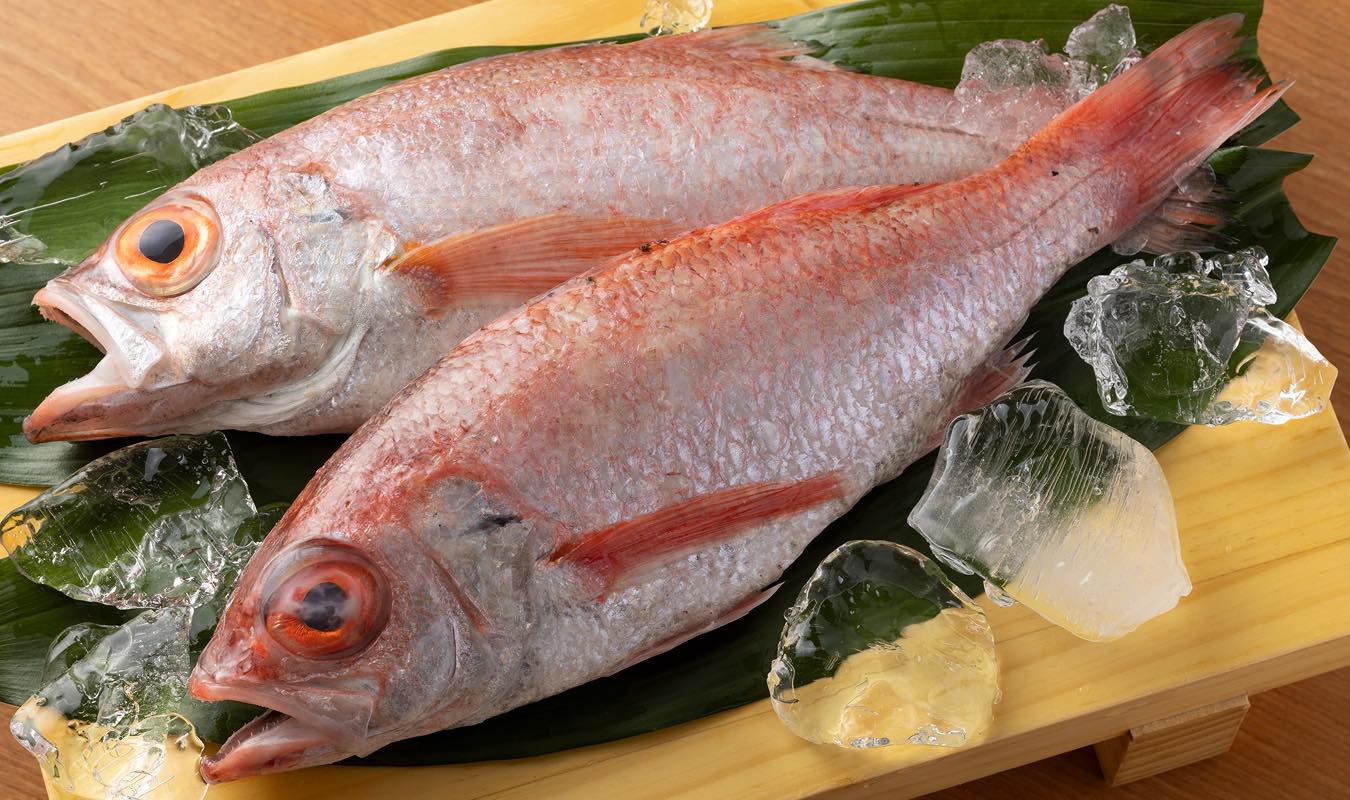
Nodoguro is a seasonal food from fall to spring, and is known as a fantastic high-end fish. Because nodoguro are caught alone, their skin is unscathed and stress-free, resulting in a high degree of transparency and an overwhelming difference in flavor and texture. This is the only time of the year when you can taste the quality, fat, and freshness of the nodoguro, which is unique in its tightness, meat quality, and freshness. Enjoy it to your heart’s content.
Only available with the “Nodoguro-zushi Kaiseki” plan.
*This is a rough estimate of the season. It may vary depending on the year.
Discover the island’s history
Discover the history of the island at the Isshikoku Museum
This is the best museum in Iki where you can feel more familiar with the history of the island through various exhibits. The museum houses and exhibits materials and artifacts related to the ruins on Iki Island.
Iki Island has 482 archaeological sites including 279 burial mounds from the Jomon period to the middle to early modern period, and many artifacts have been excavated. This is a place where visitors can actually visit the ruins and feel them firsthand, and learn from detailed explanations and exhibits at the museum.
Nearby is the Hara-no-Tsuji site, which is believed to be the site of the royal capital of the Ichiji Kingdom mentioned in the Wei-Jin-Den, so be sure to visit the museum.
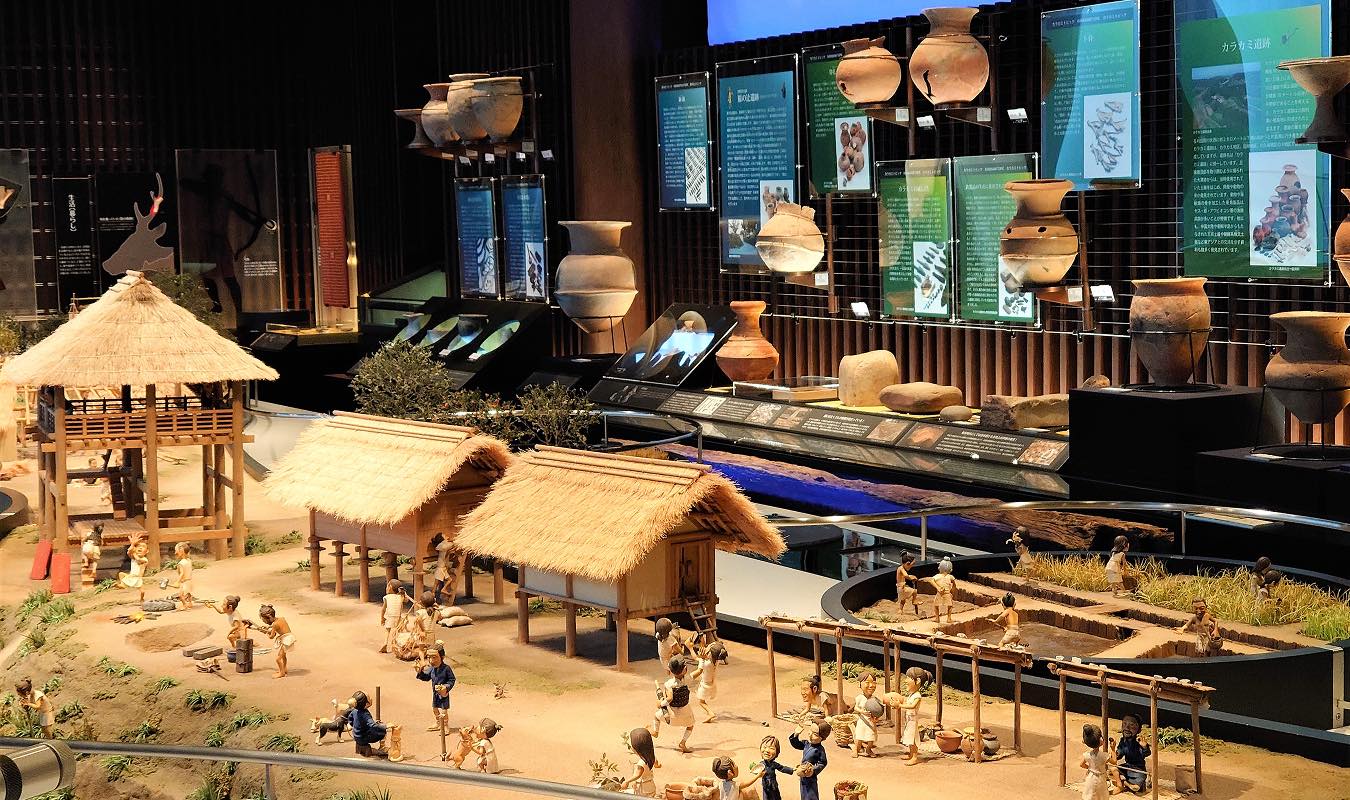
This is the best museum in Iki where you can feel more familiar with the history of the island through various exhibits. The museum houses and exhibits materials and artifacts related to the ruins on Iki Island. Iki Island has 482 archaeological sites including 279 burial mounds from the Jomon period to the middle to early modern period, and many artifacts have been excavated. This is a place where visitors can actually visit the ruins and feel them firsthand, and learn from detailed explanations and exhibits at the museum. Nearby is the Hara-no-Tsuji site, which is believed to be the site of the royal capital of the Ichiji Kingdom mentioned in the Wei-Jin-Den, so be sure to visit the museum.
NOVEMBER
November
Fall foliage viewing
Autumn Foliage Tour and Island Sightseeing
Iki Island in November has a milder climate than the rest of the island, making it a great place to enjoy beautiful nature and sightseeing on the island.
The uniquely shaped “Monkey Rock” and “Gorilla Rock” created by nature, the powerful scenic spot “Sakyobana,” the peaceful scenery of “Komakizaki Park,” and for those who love sake, a visit to a sake brewery is recommended.
It is only during this season that Iki City’s designated natural monuments, such as old trees over 1,300 years old, and the trees of the various shrines turn color. Since there are few deciduous trees in Iki, please enjoy the autumn leaves and sightseeing on the island together.

Iki Island in November has a milder climate than the rest of the island, making it a great place to enjoy beautiful nature and sightseeing on the island. The uniquely shaped “Monkey Rock” and “Gorilla Rock” created by nature, the powerful scenic spot “Sakyobana,” the peaceful scenery of “Komakizaki Park,” and for those who love sake, a visit to a sake brewery is recommended. It is only during this season that Iki City’s designated natural monuments, such as old trees over 1,300 years old, and the trees of the various shrines turn color. Since there are few deciduous trees in Iki, please enjoy the autumn leaves and sightseeing on the island together.
Yokoyama Silver Fresh Sake
Yokoyama Silver Nama Sake
Shigeya Sake Brewery was founded in 1924. Due to aging and other reasons, the brewery had stopped making sake, but the fourth generation of the brewery, who trained hard with the hope of one day reviving sake brewing on Iki Island, revived this sake in 2018 for the first time in about 30 years.
It has a fruity taste and aroma like muscat, and you can feel the gasiness in your mouth.
It is available in the dining room for your enjoyment.
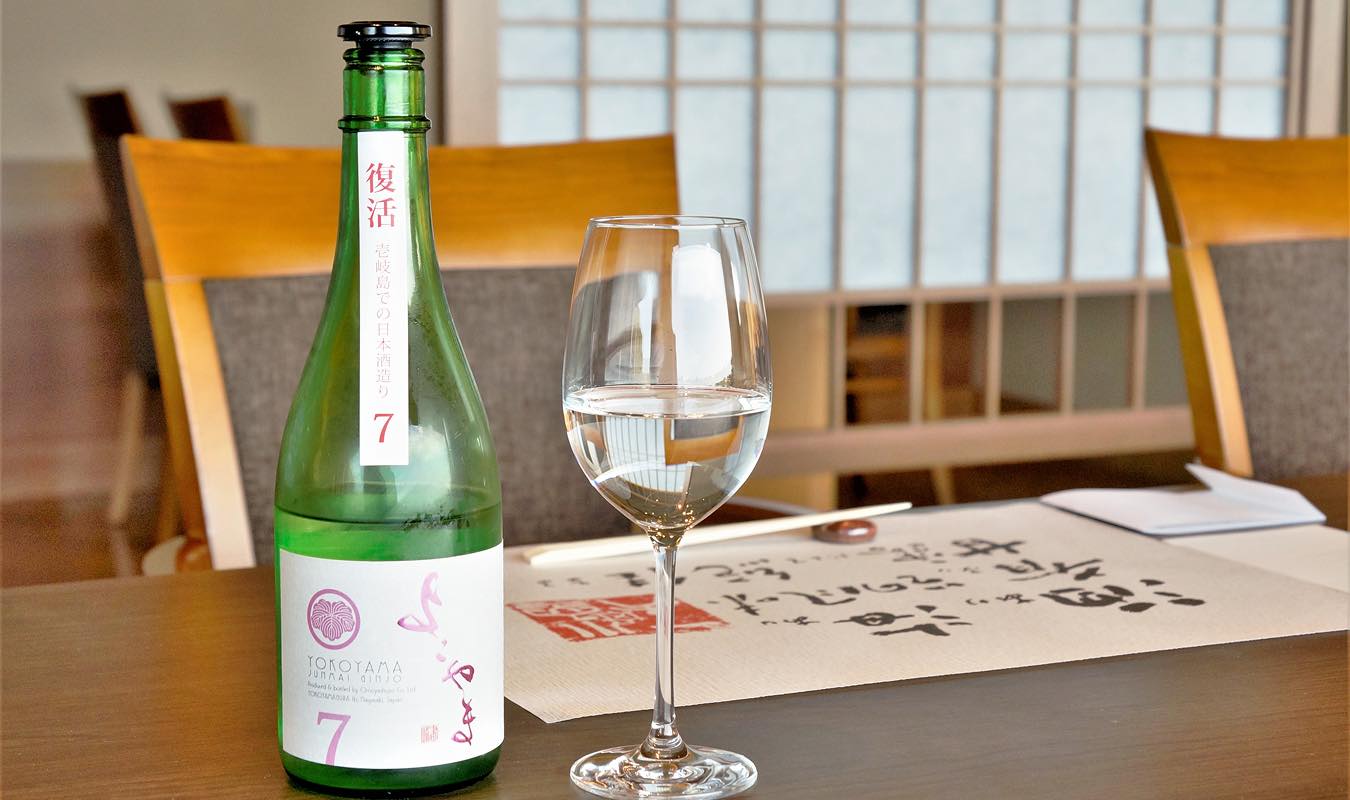
Shigeya Sake Brewery was founded in 1924. Due to aging and other reasons, the brewery had stopped making sake, but the fourth generation of the brewery, who trained hard with the hope of one day reviving sake brewing on Iki Island, revived this sake in 2018 for the first time in about 30 years. It has a fruity taste and aroma like muscat, and you can feel the gasiness in your mouth. It is available in the dining room for your enjoyment.
DECEMBER.
December
Natural hot spring open-air bath
An outdoor hot spring bath that warms both body and soul.
In this season of winter, how about warming your body and soul in Kairi’s ultra-concentrated hot spring? The temperature of the self-heating spring water on the premises is adjusted to around 42 degrees Celsius, suitable for bathing, by simply adjusting the supply of water without adding water.
In addition to the guest room open-air baths, we also have a large bathhouse and private hot spring baths.
The history of this hot spring is very old, and it is said to have gushed out about 1,700 years ago. The “Iki Province Shoku-fudoki” states that Empress Jingu stopped by the hot spring on her way back from a military expedition to Sanhan, and found it gushing out naturally.
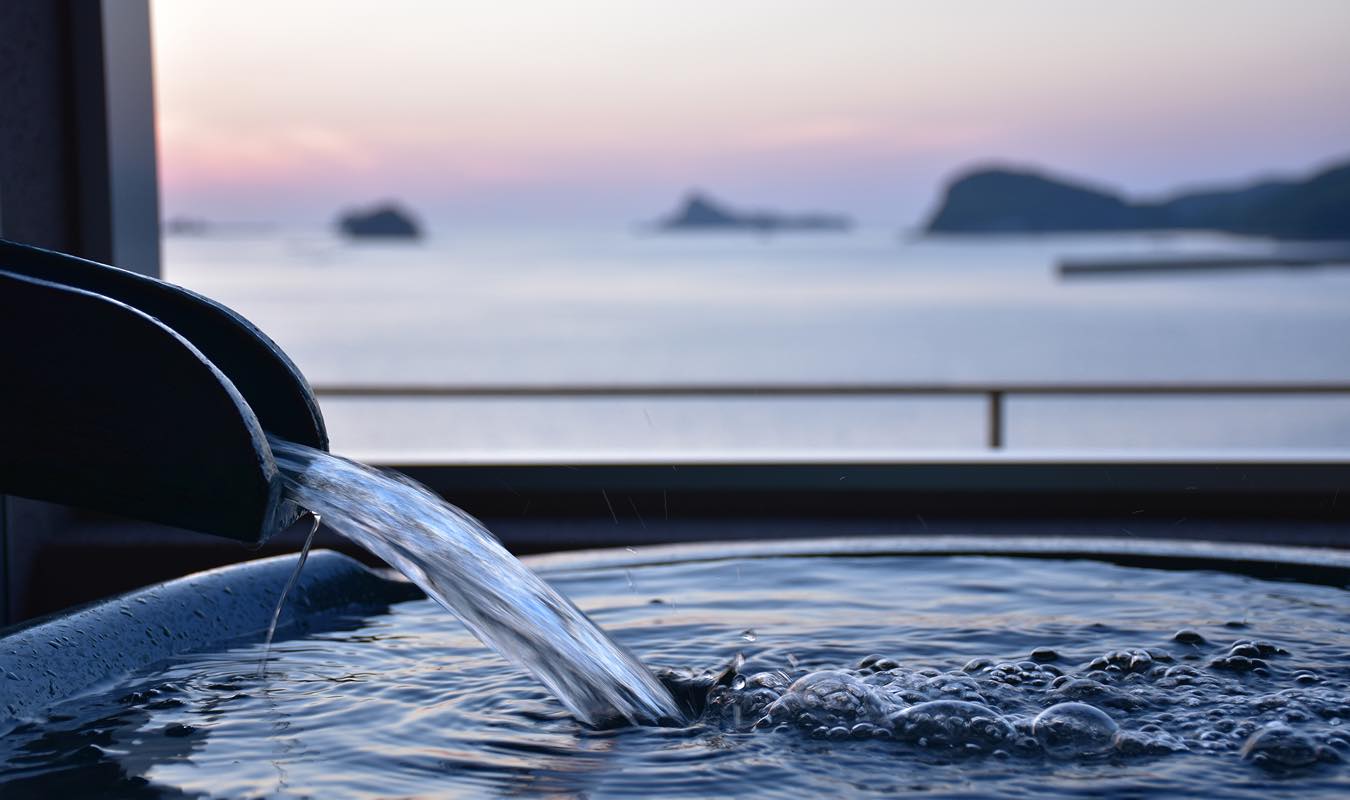
In this season of winter, how about warming your body and soul in Kairi’s ultra-concentrated hot spring? The temperature of the self-heating spring water on the premises is adjusted to around 42 degrees Celsius, suitable for bathing, by simply adjusting the supply of water without adding water. In addition to the guest room open-air baths, we also have a large bathhouse and private hot spring baths. The history of this hot spring is very old, and it is said to have gushed out about 1,700 years ago. The “Iki Province Shoku-fudoki” states that Empress Jingu stopped by the hot spring on her way back from a military expedition to Sanhan, and found it gushing out naturally.
Iki Grand Kagura Dedication
Dedication of Iki Dai-kagura (Sumiyoshi Shrine)
Every year on December 20, “Iki Daikagura” is dedicated at Sumiyoshi Shrine. Designated as a national Important Intangible Folk Cultural Asset, this Shinto ritual has a history of about 700 years.
Daikagura is the most solemn of all Iki kagura, and is performed by more than 12 performers over a period of about 8 hours. It is open to the public, so please come and watch it when you visit during this season.
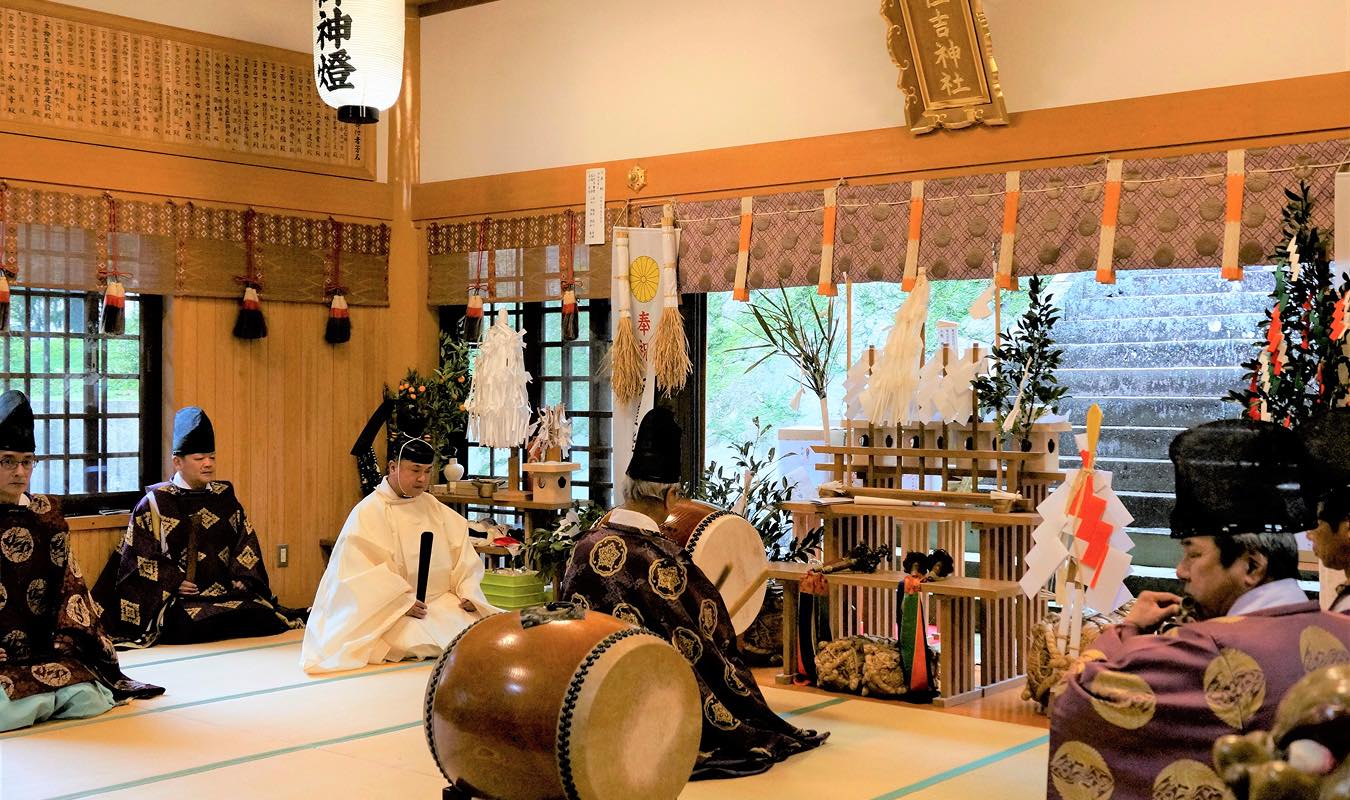
Every year on December 20, “Iki Daikagura” is dedicated at Sumiyoshi Shrine. Designated as a national Important Intangible Folk Cultural Asset, this Shinto ritual has a history of about 700 years. Daikagura is the most solemn of all Iki kagura, and is performed by more than 12 performers over a period of about 8 hours. It is open to the public, so please come and watch it when you visit during this season.
